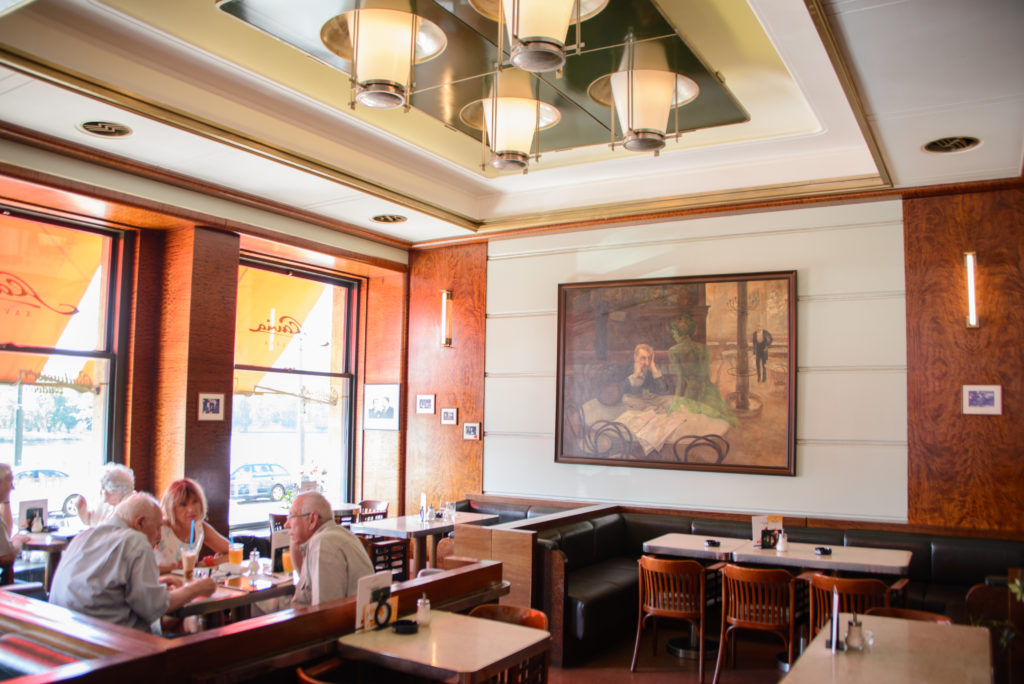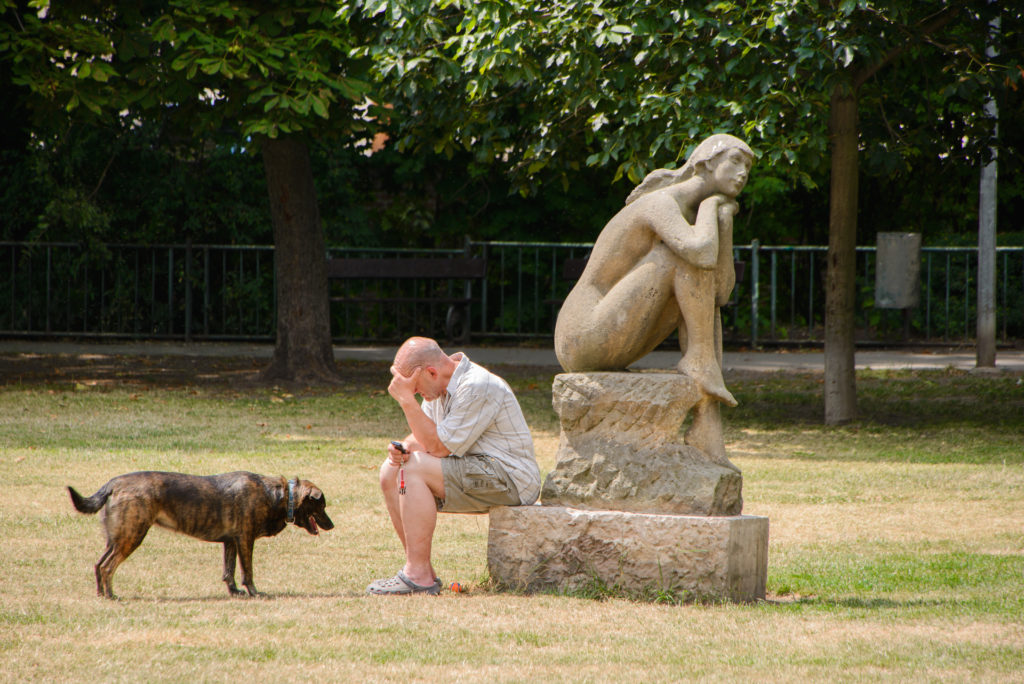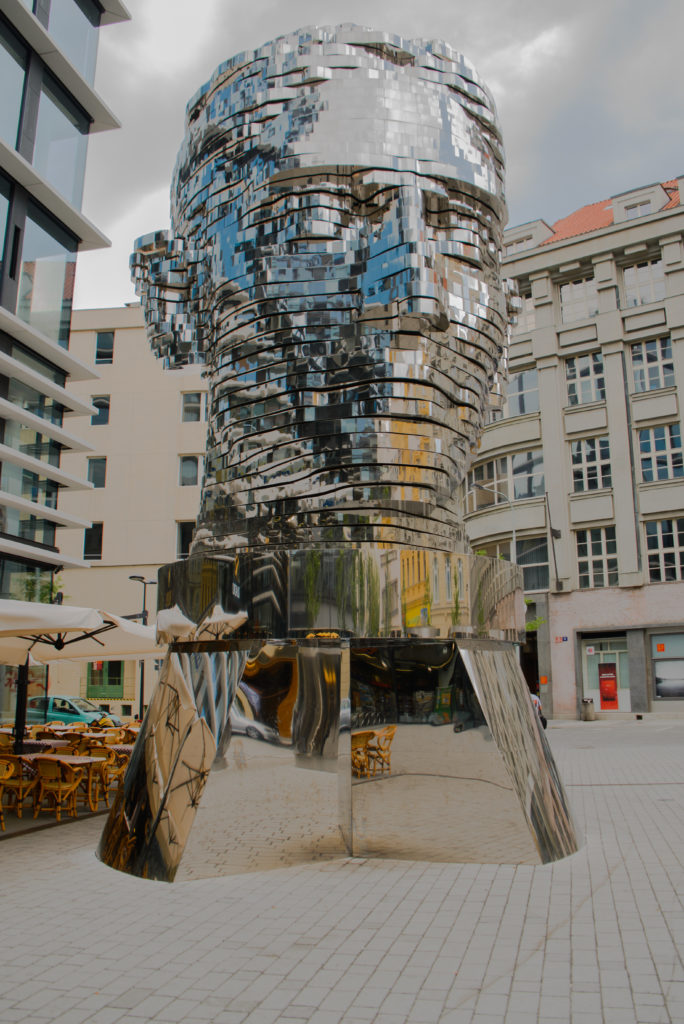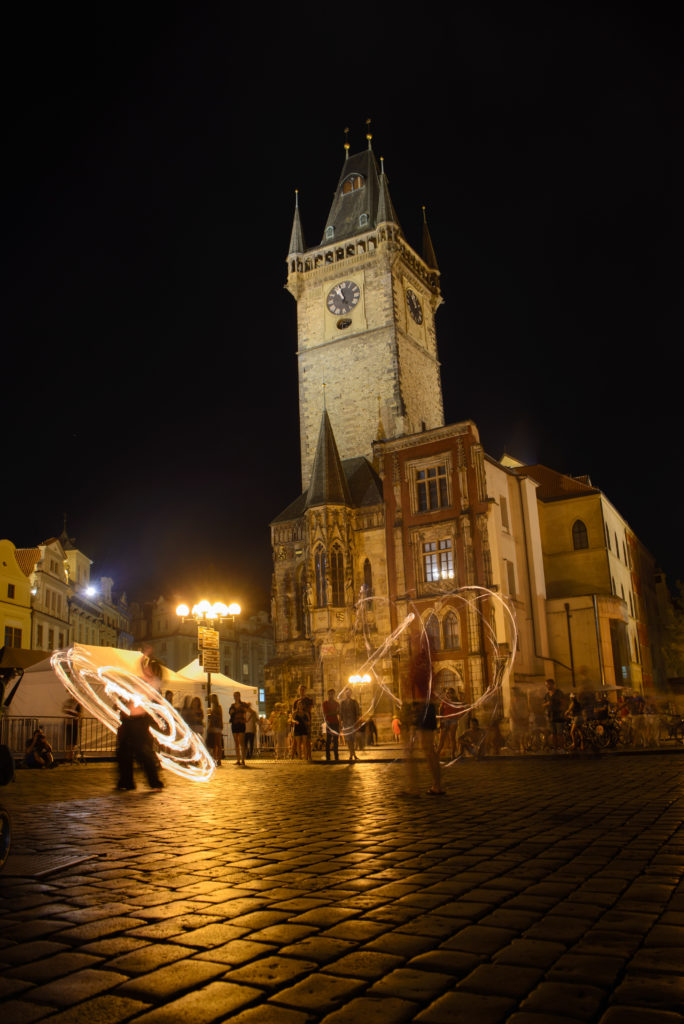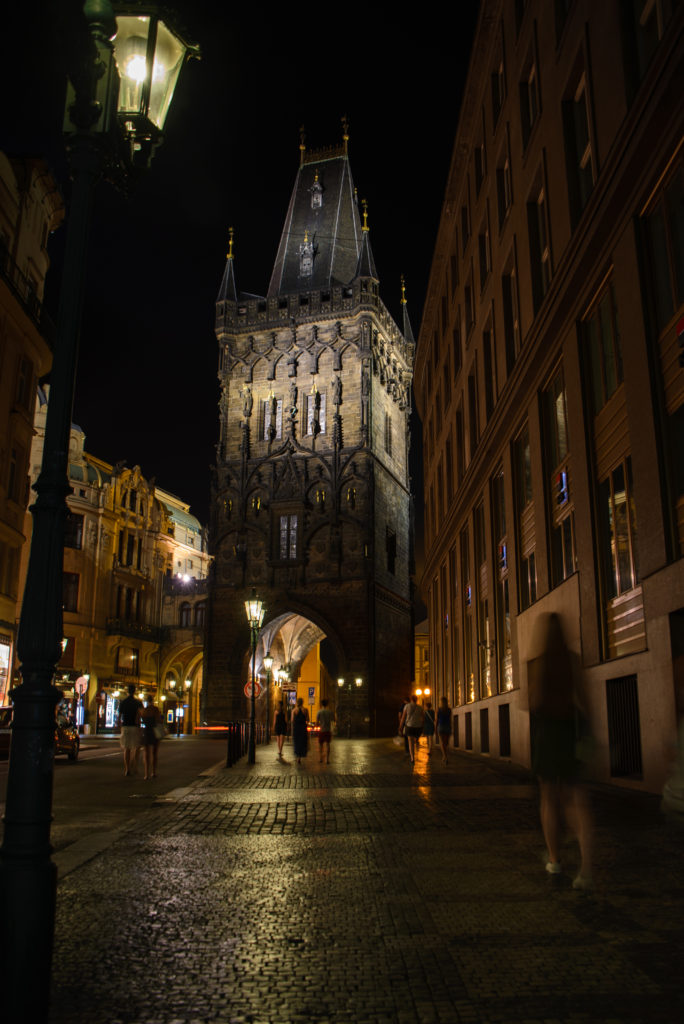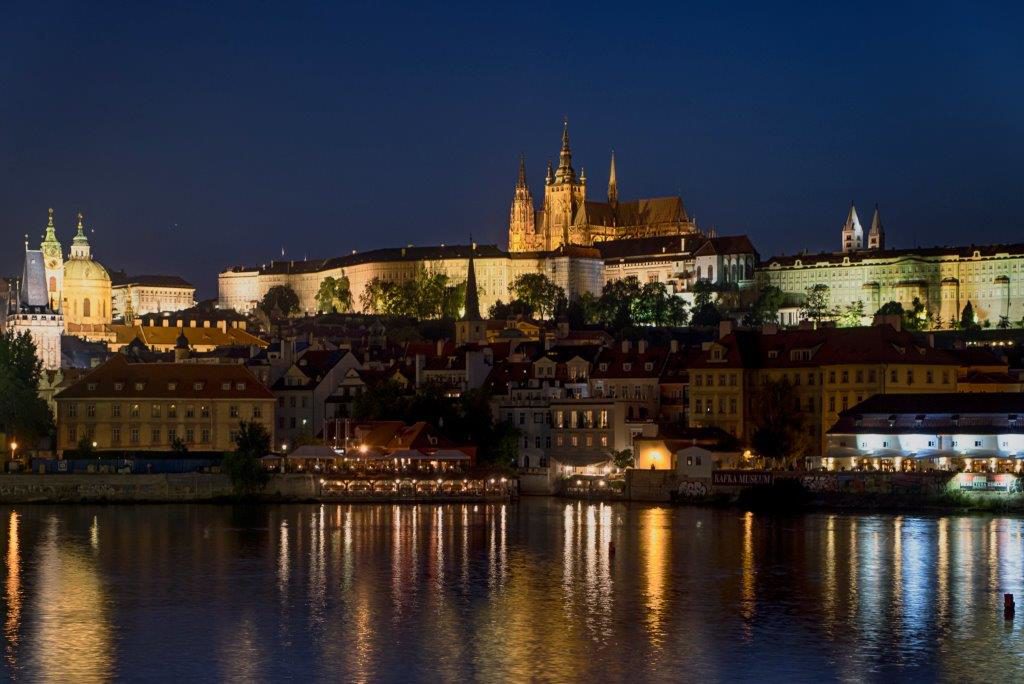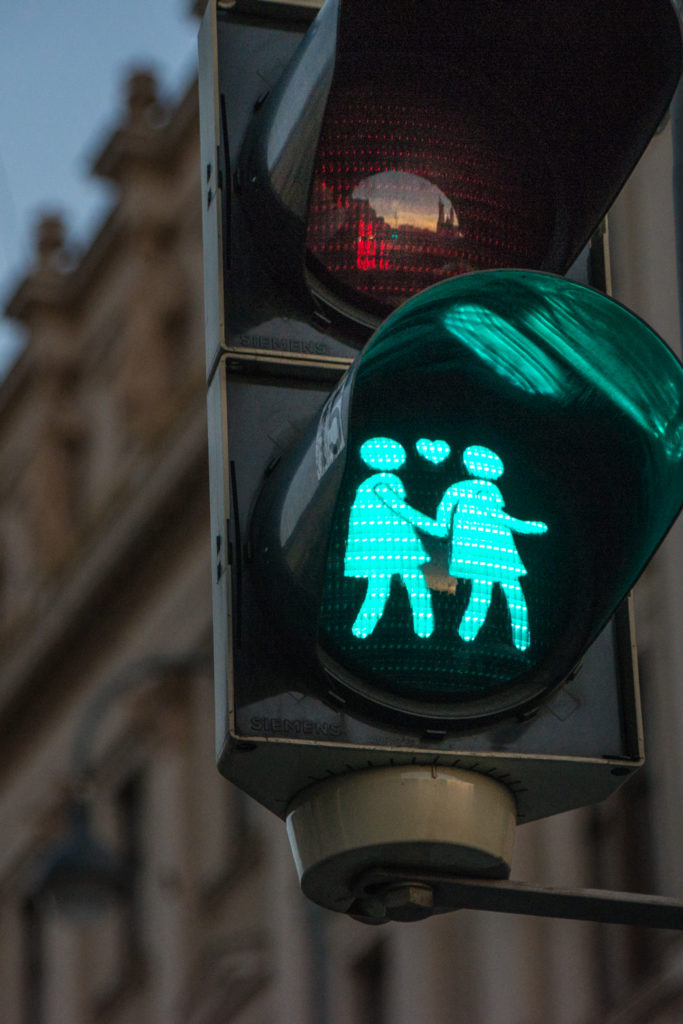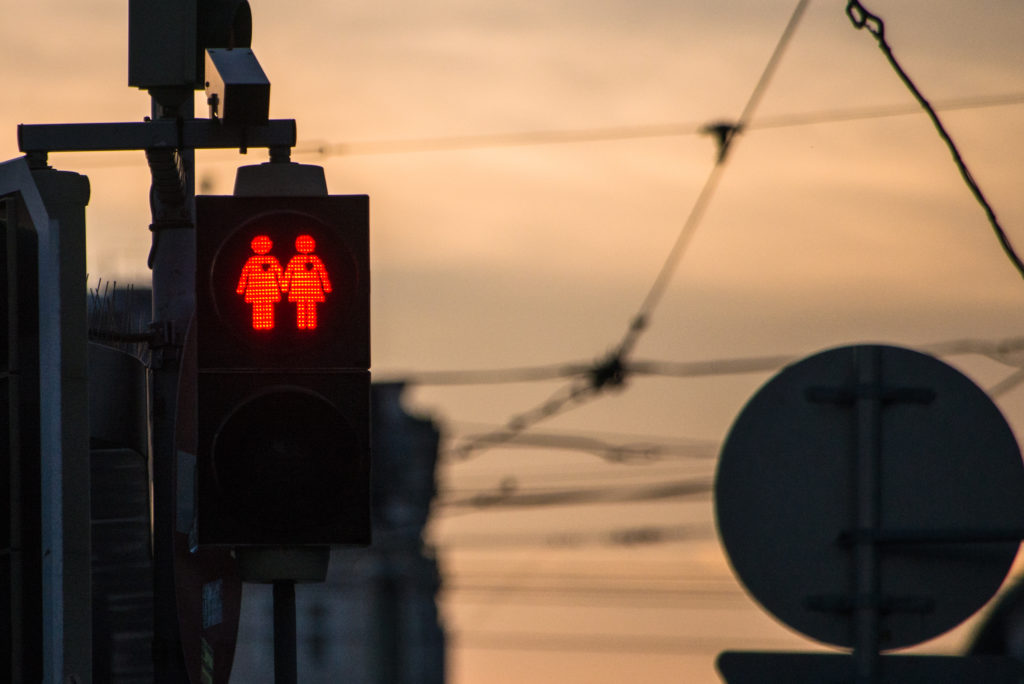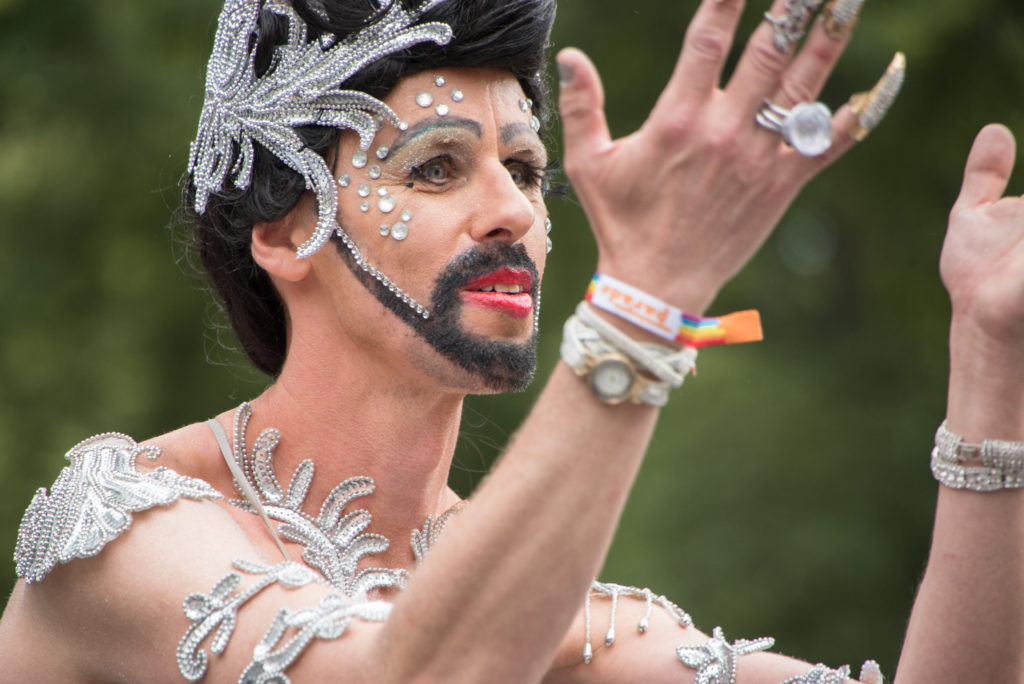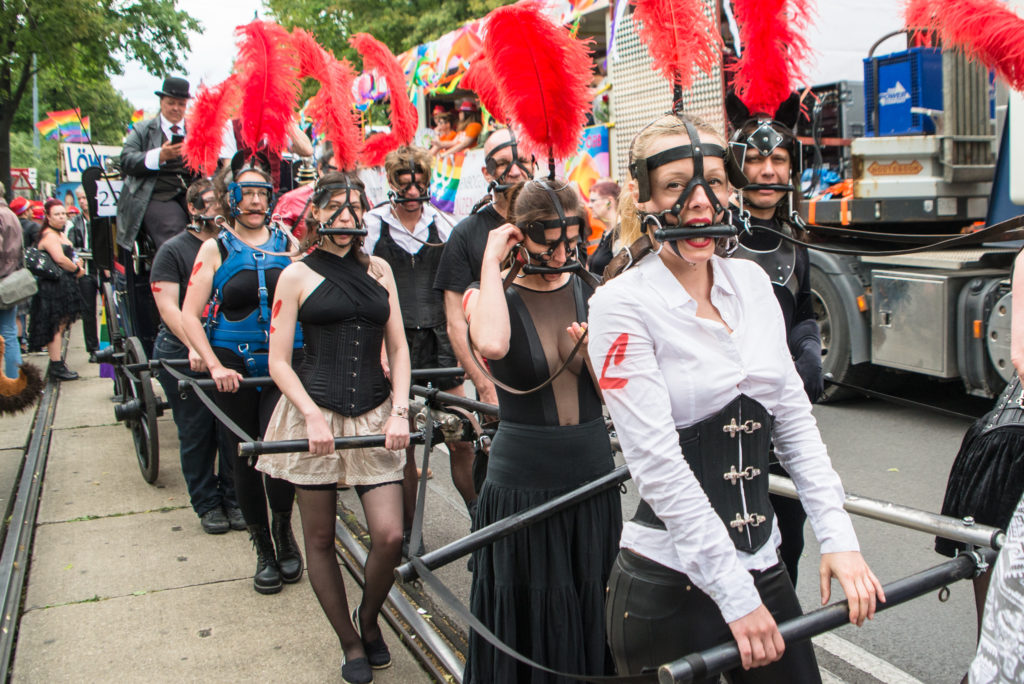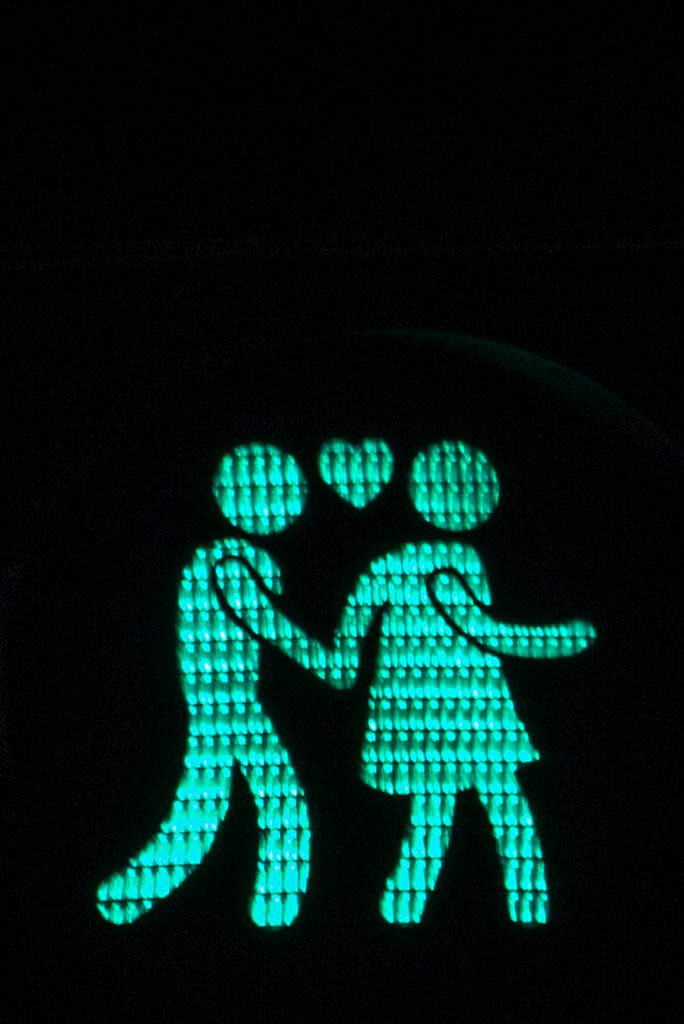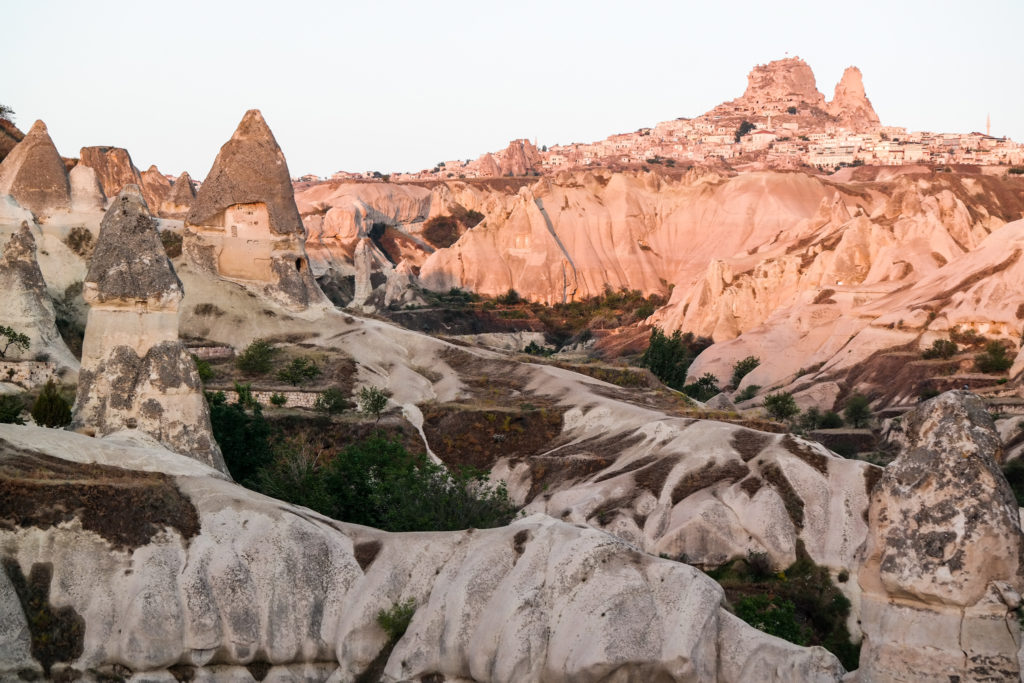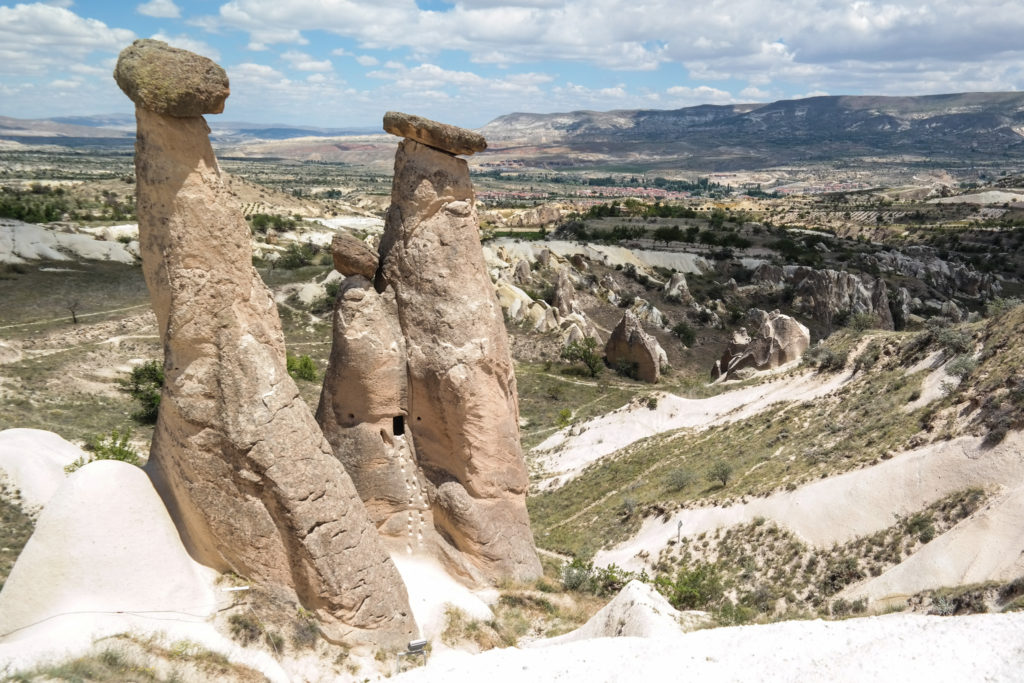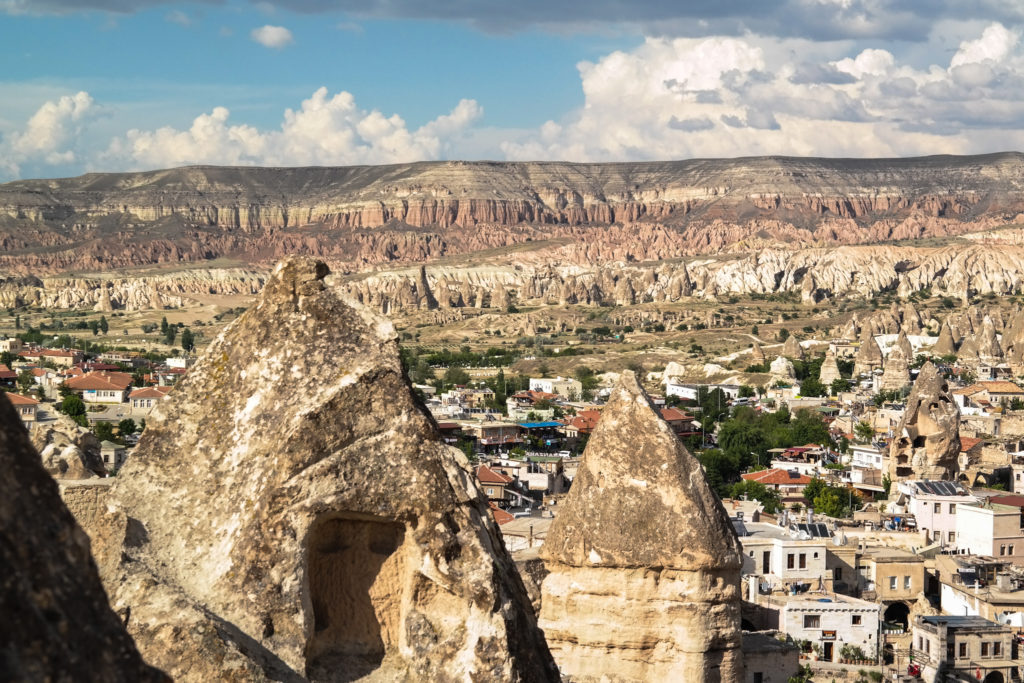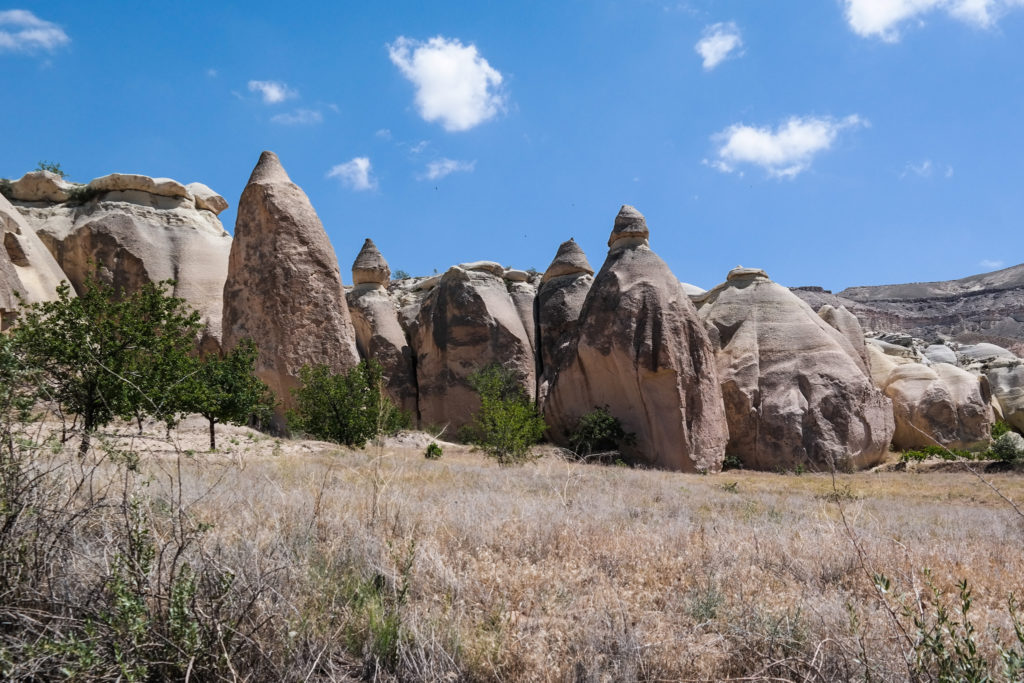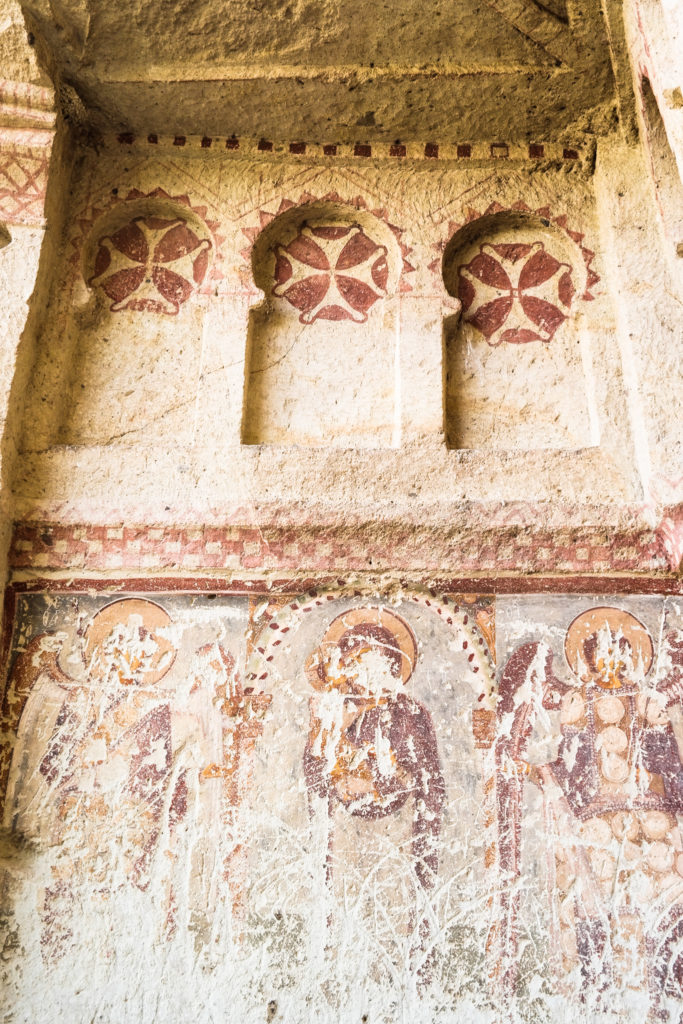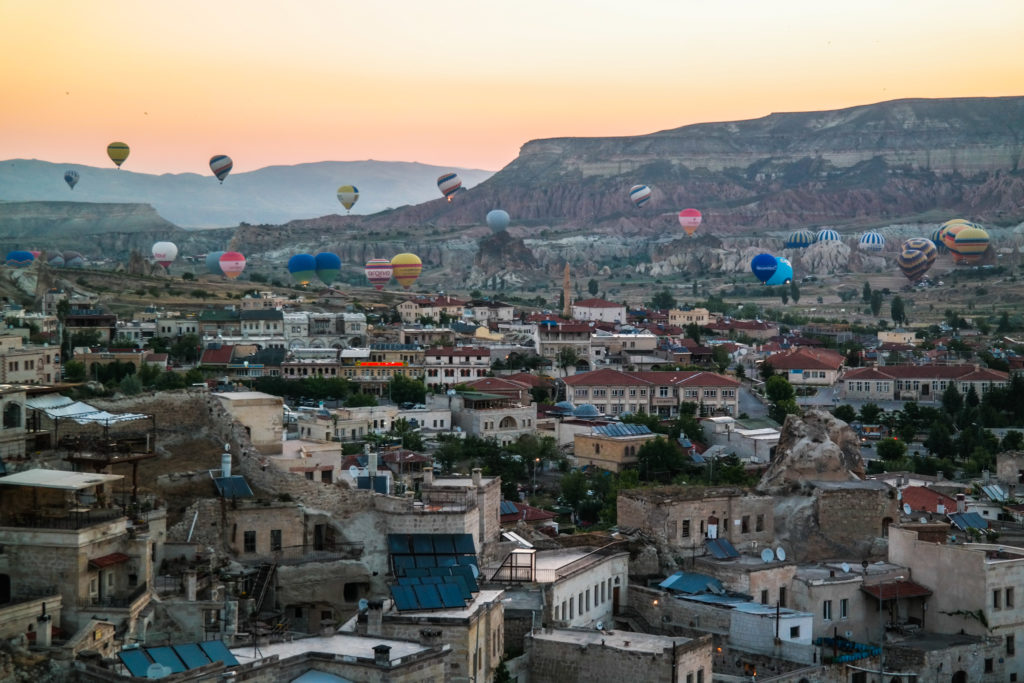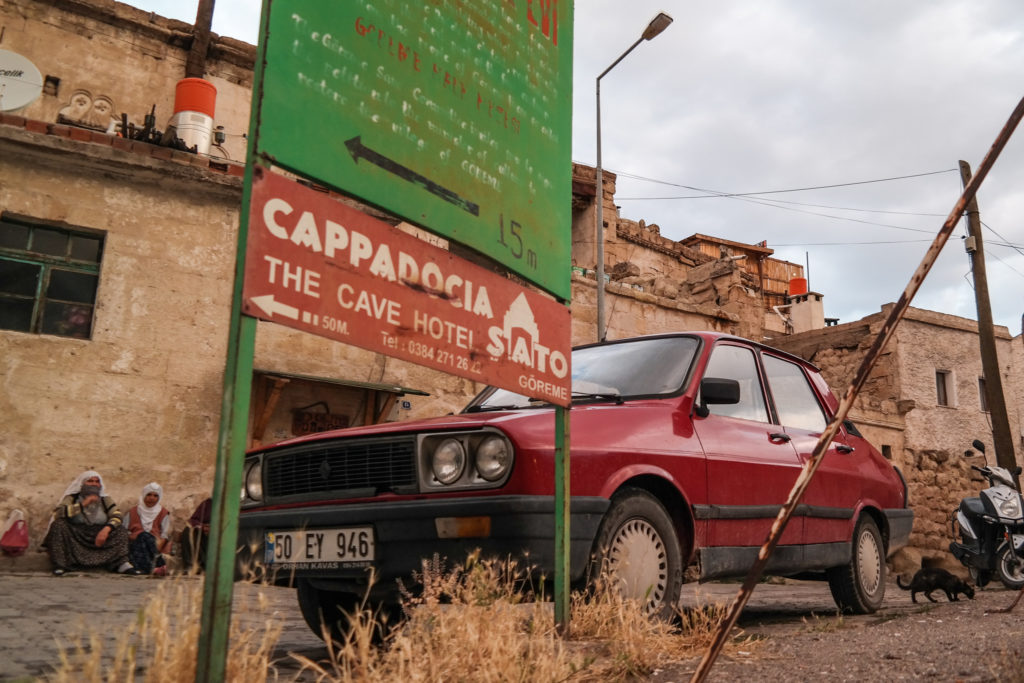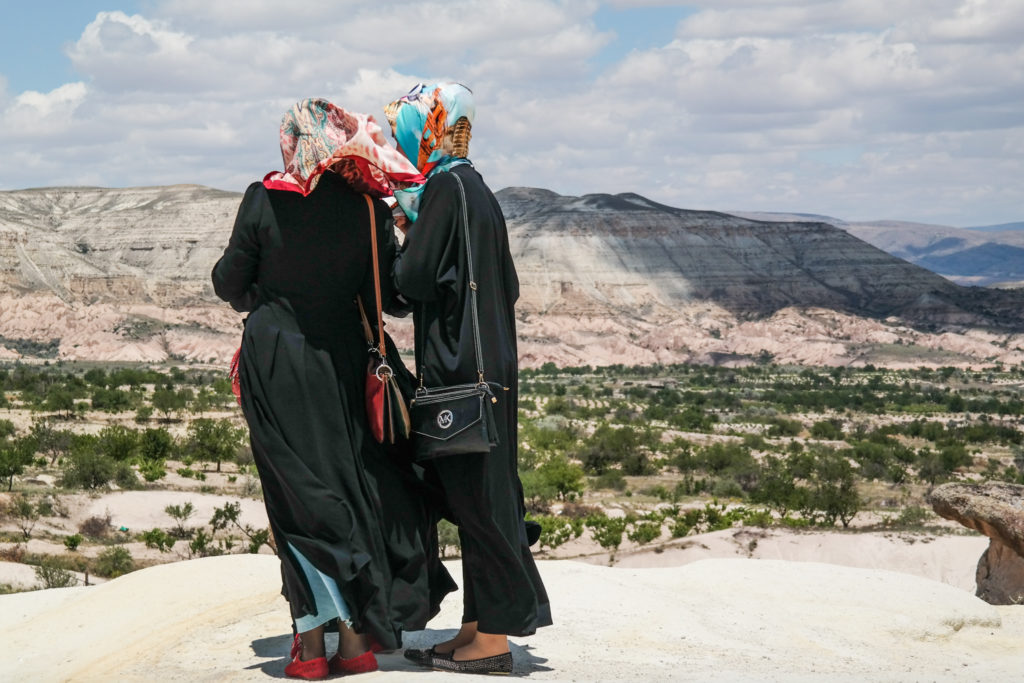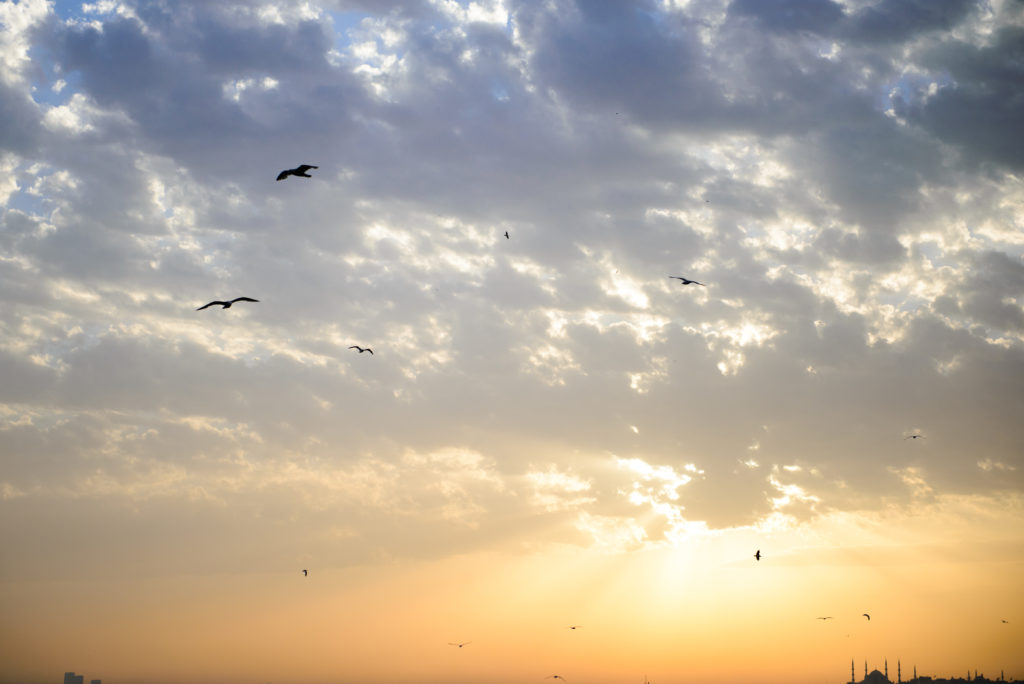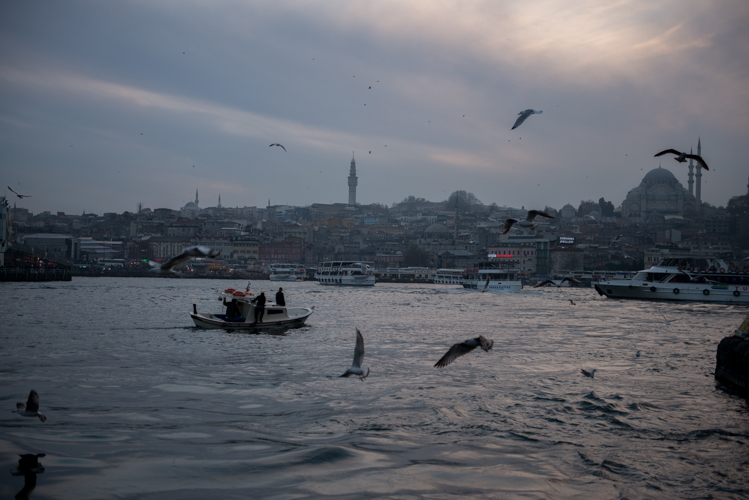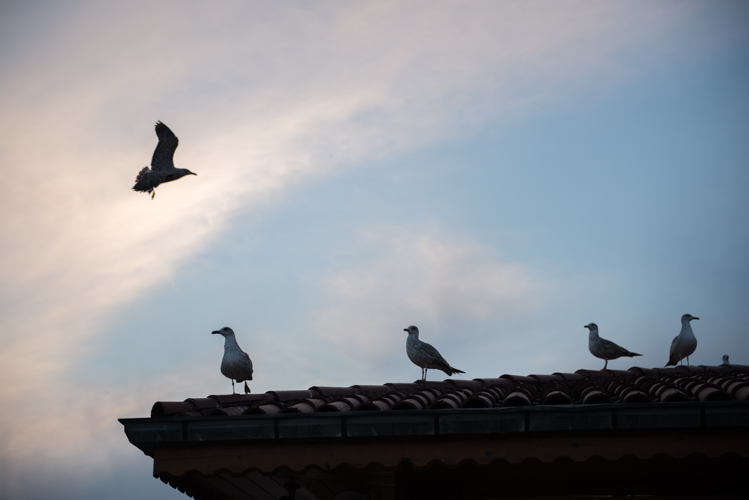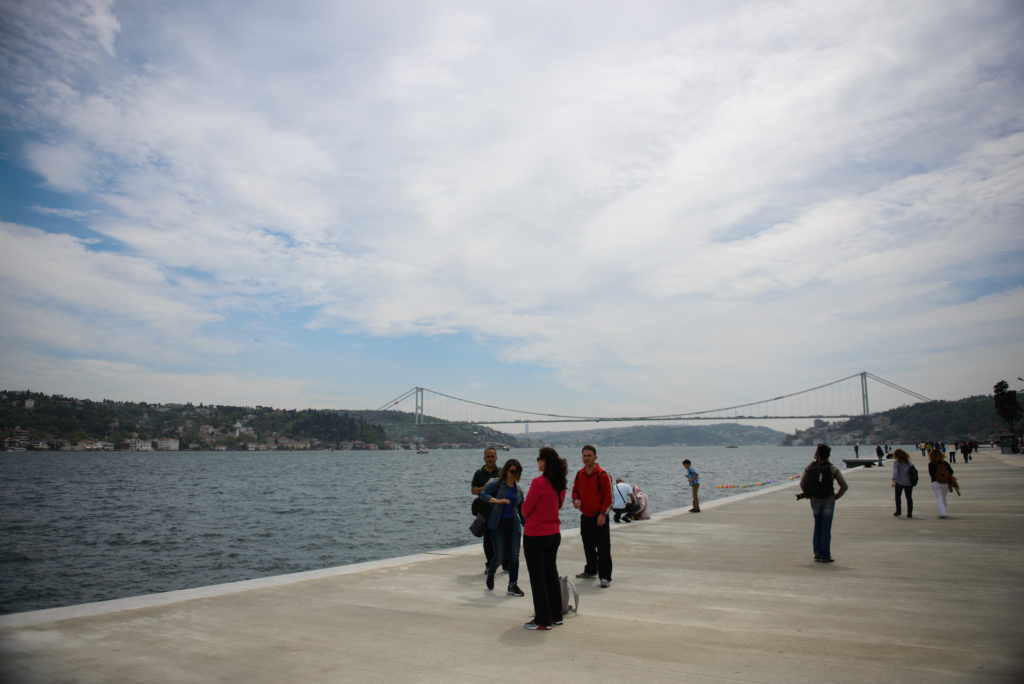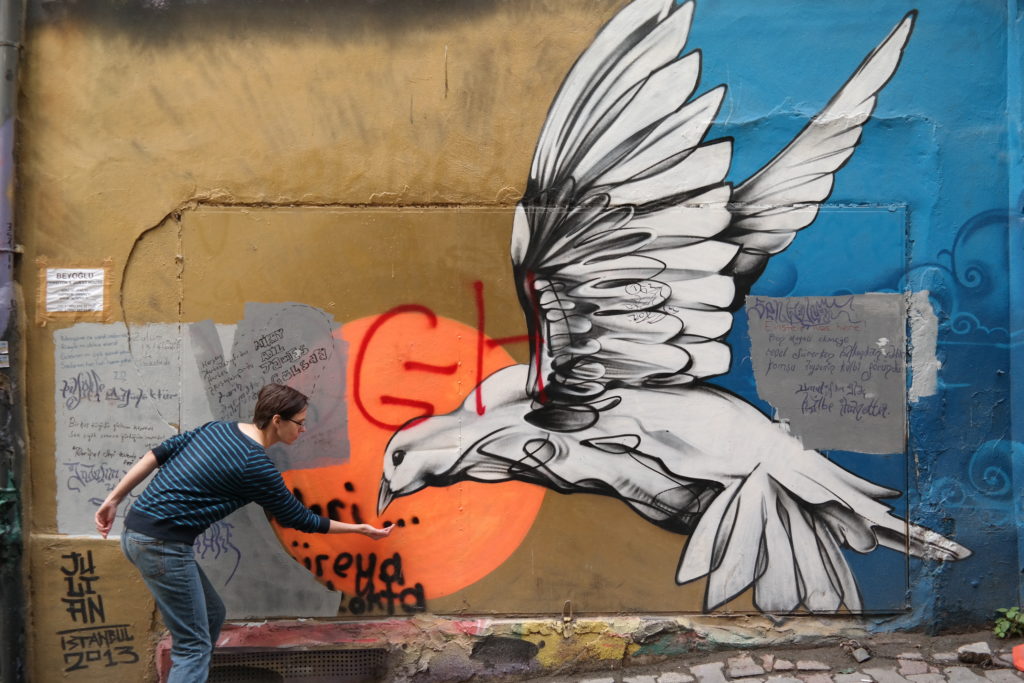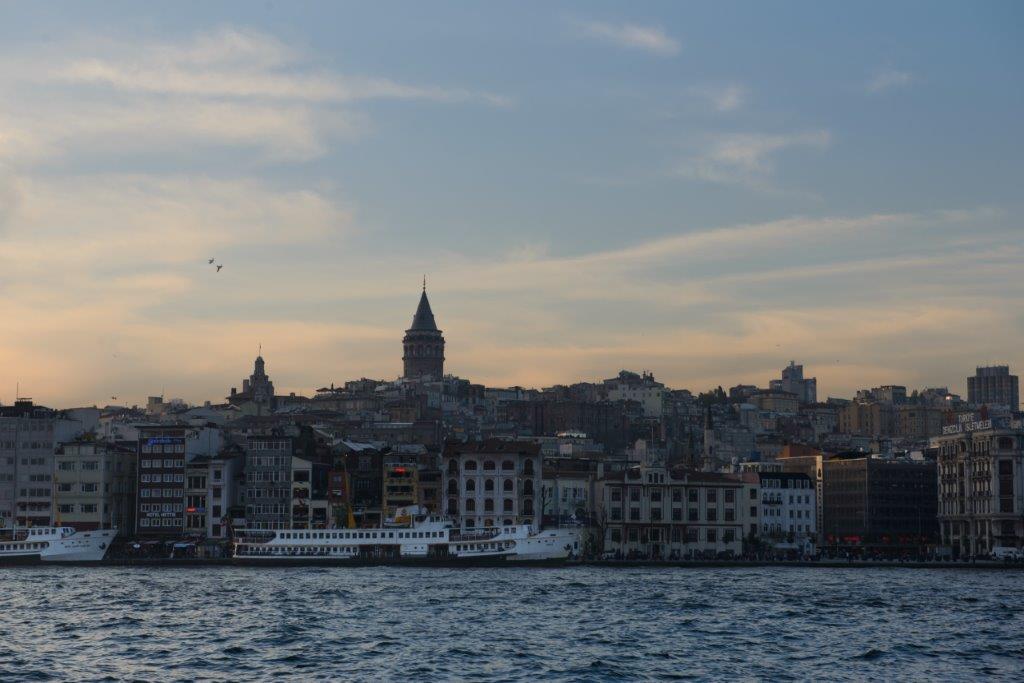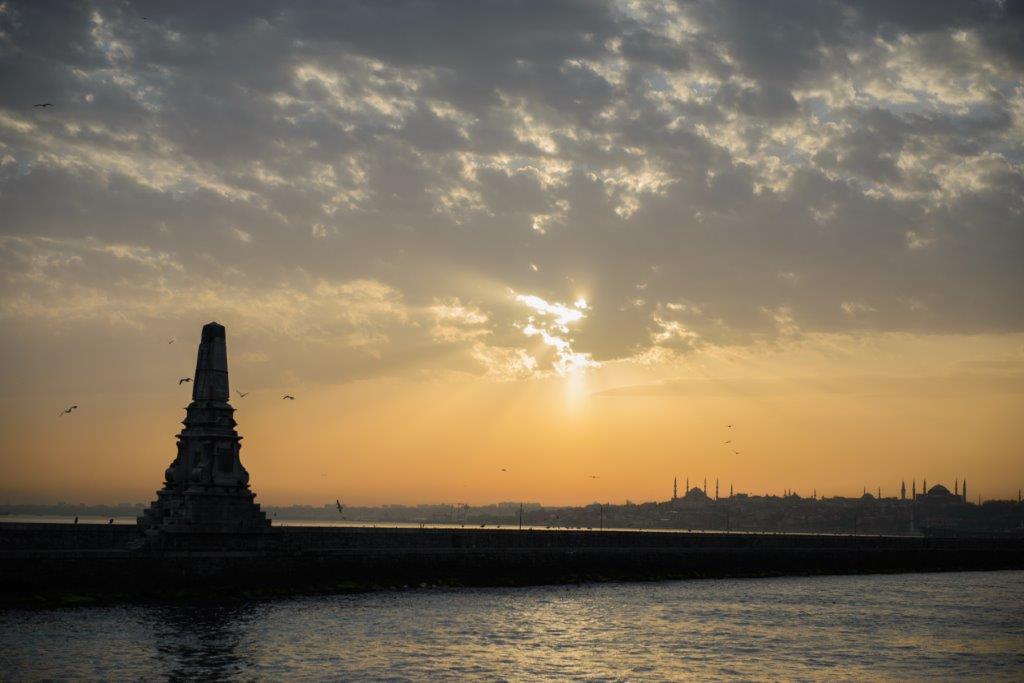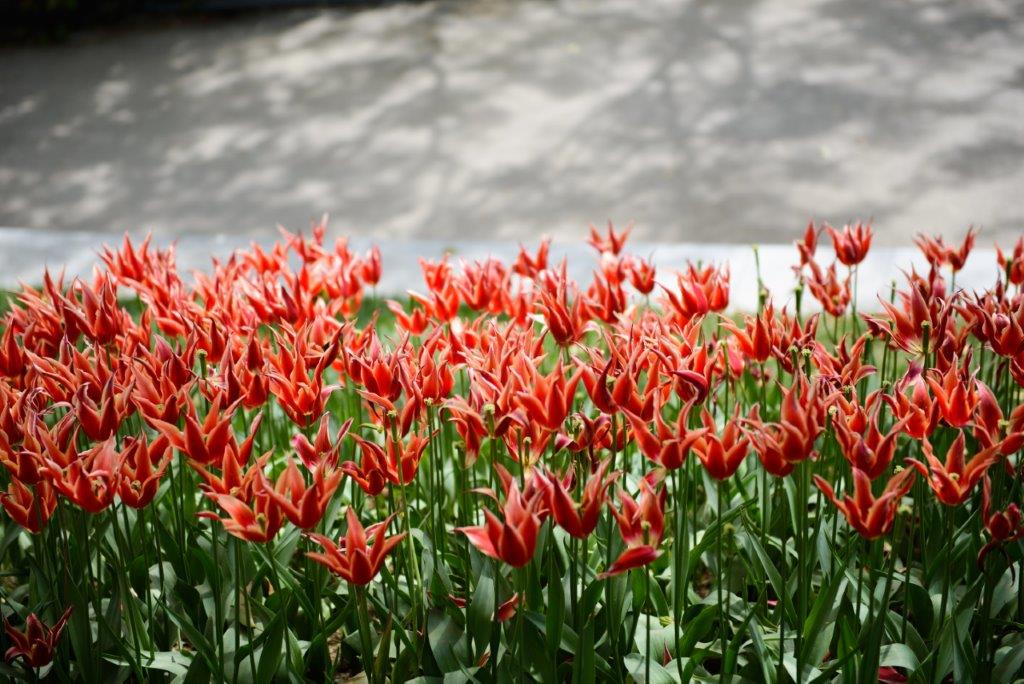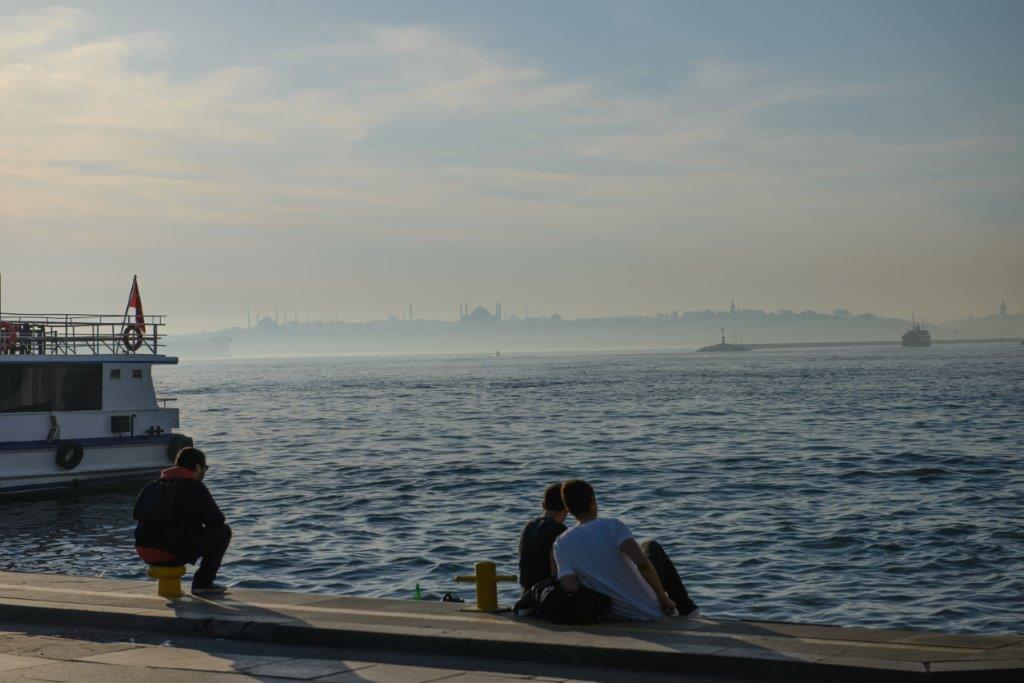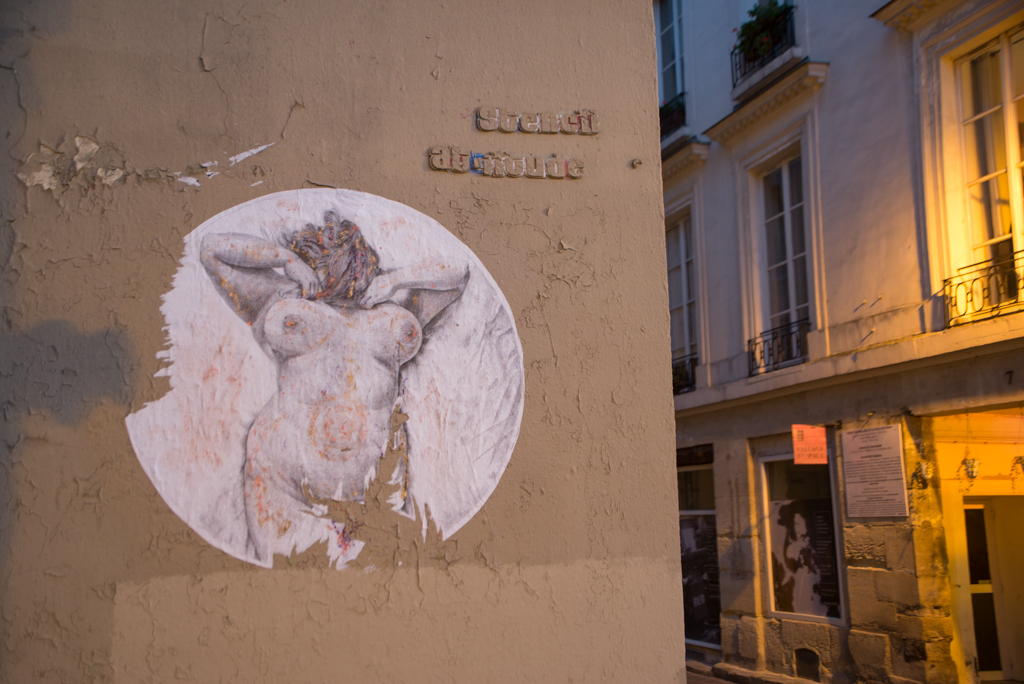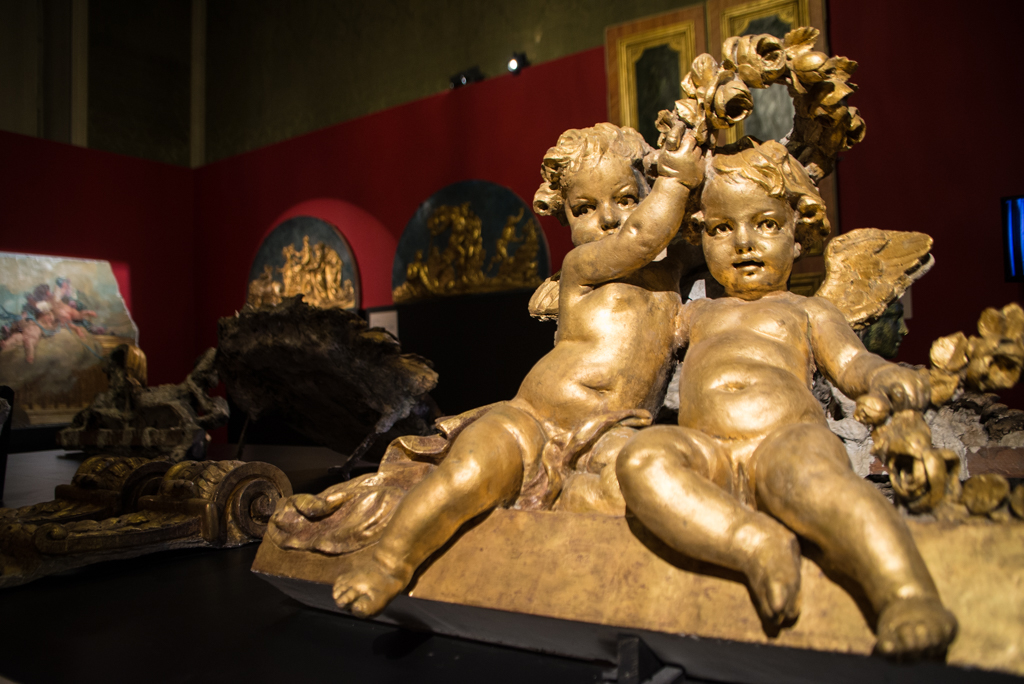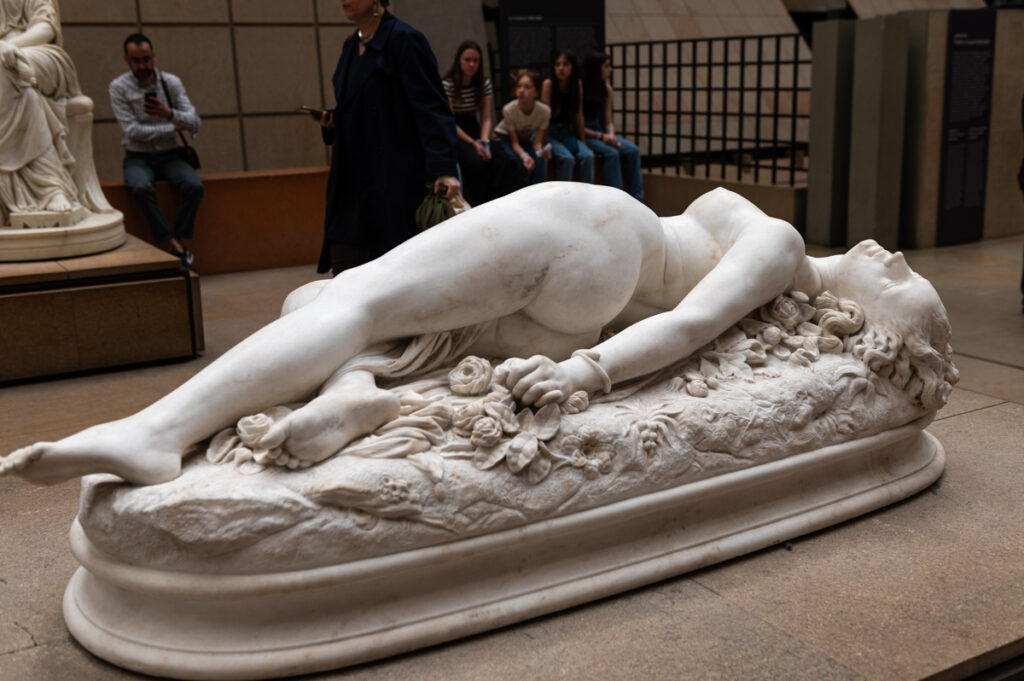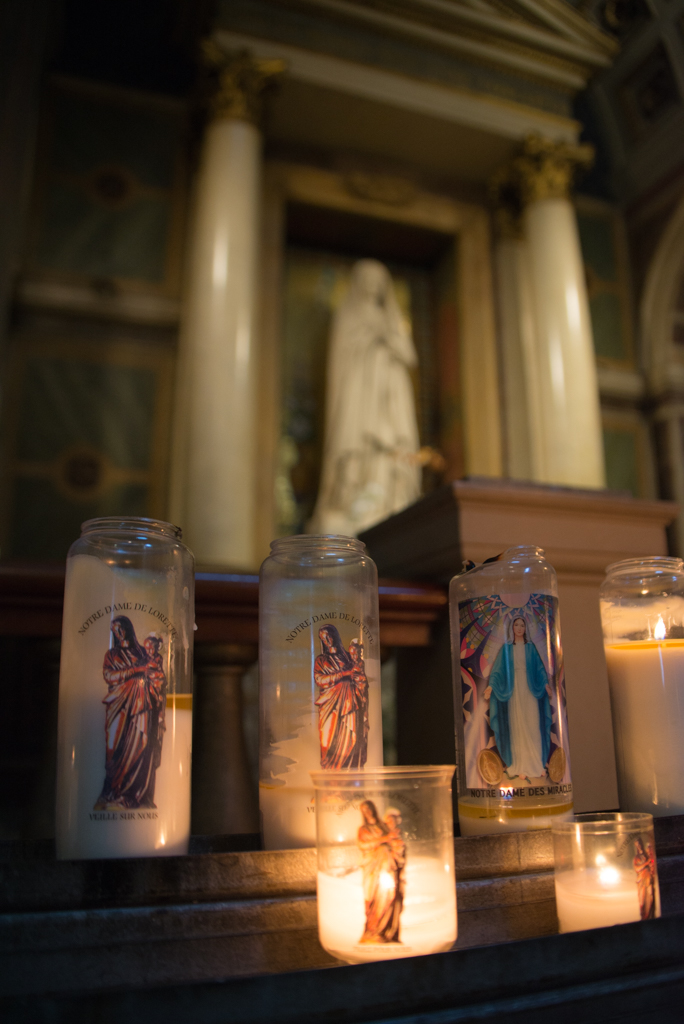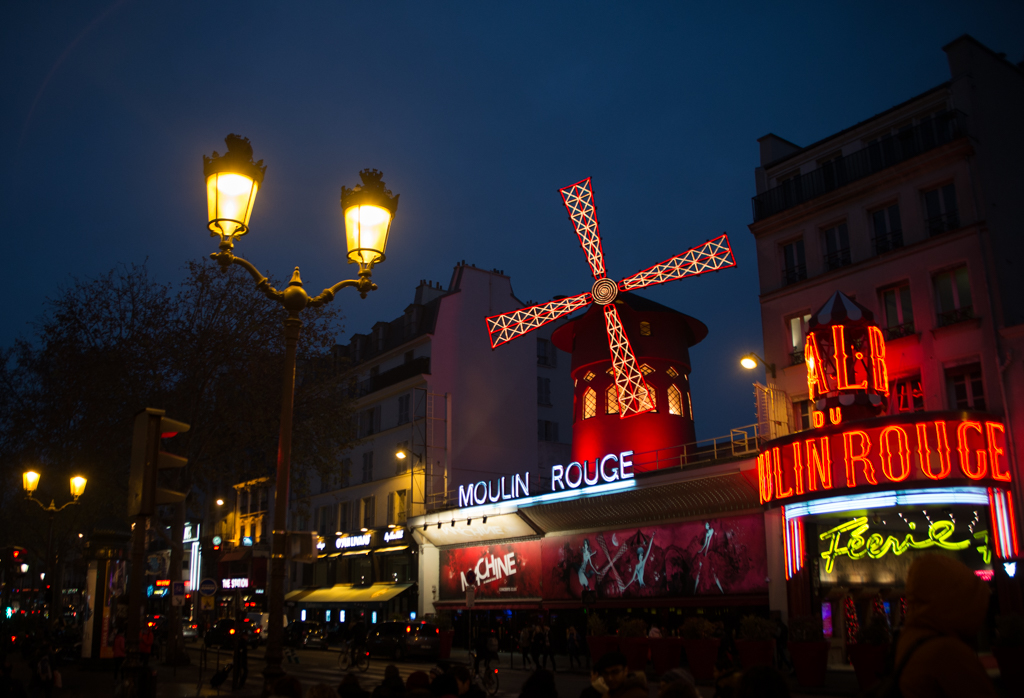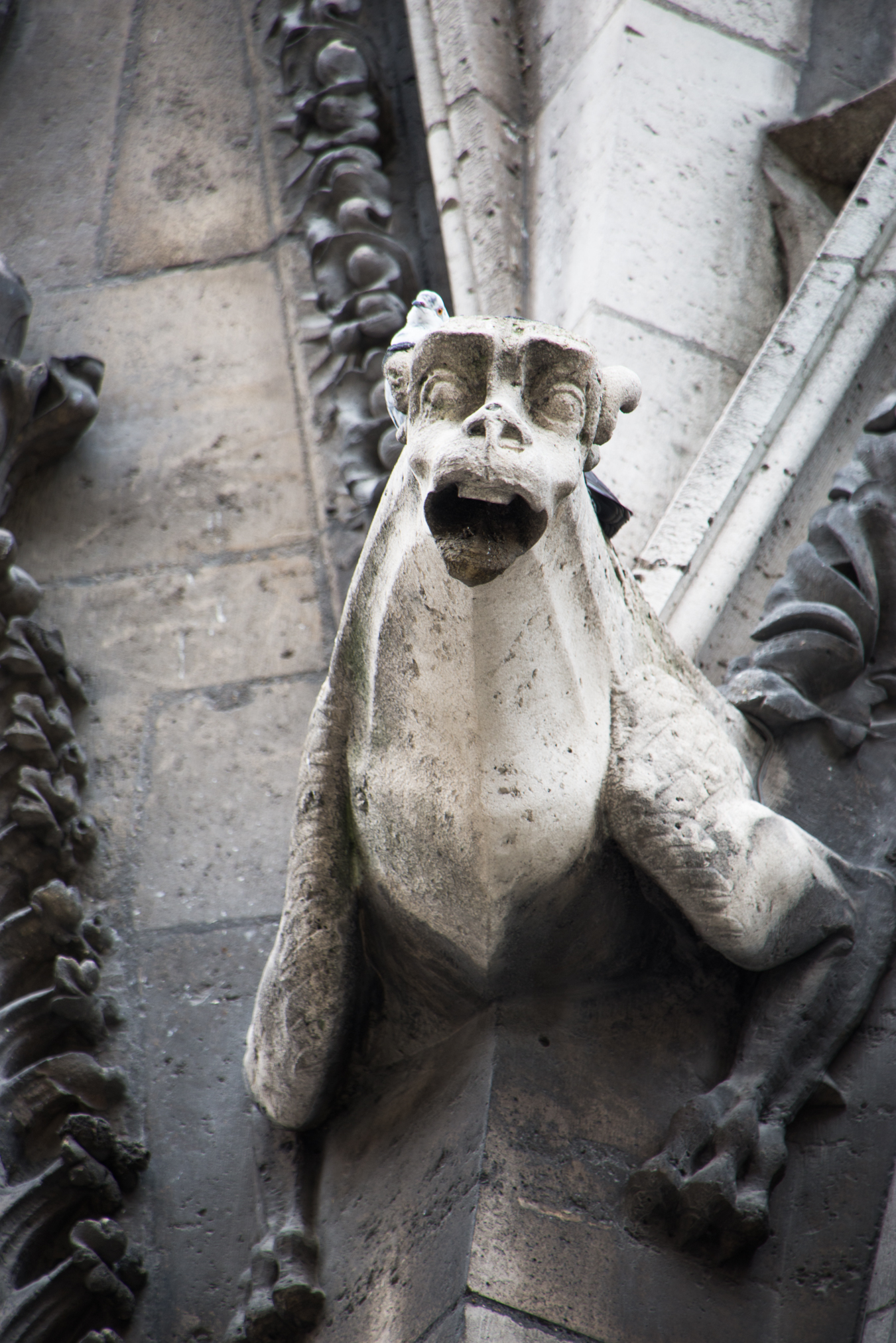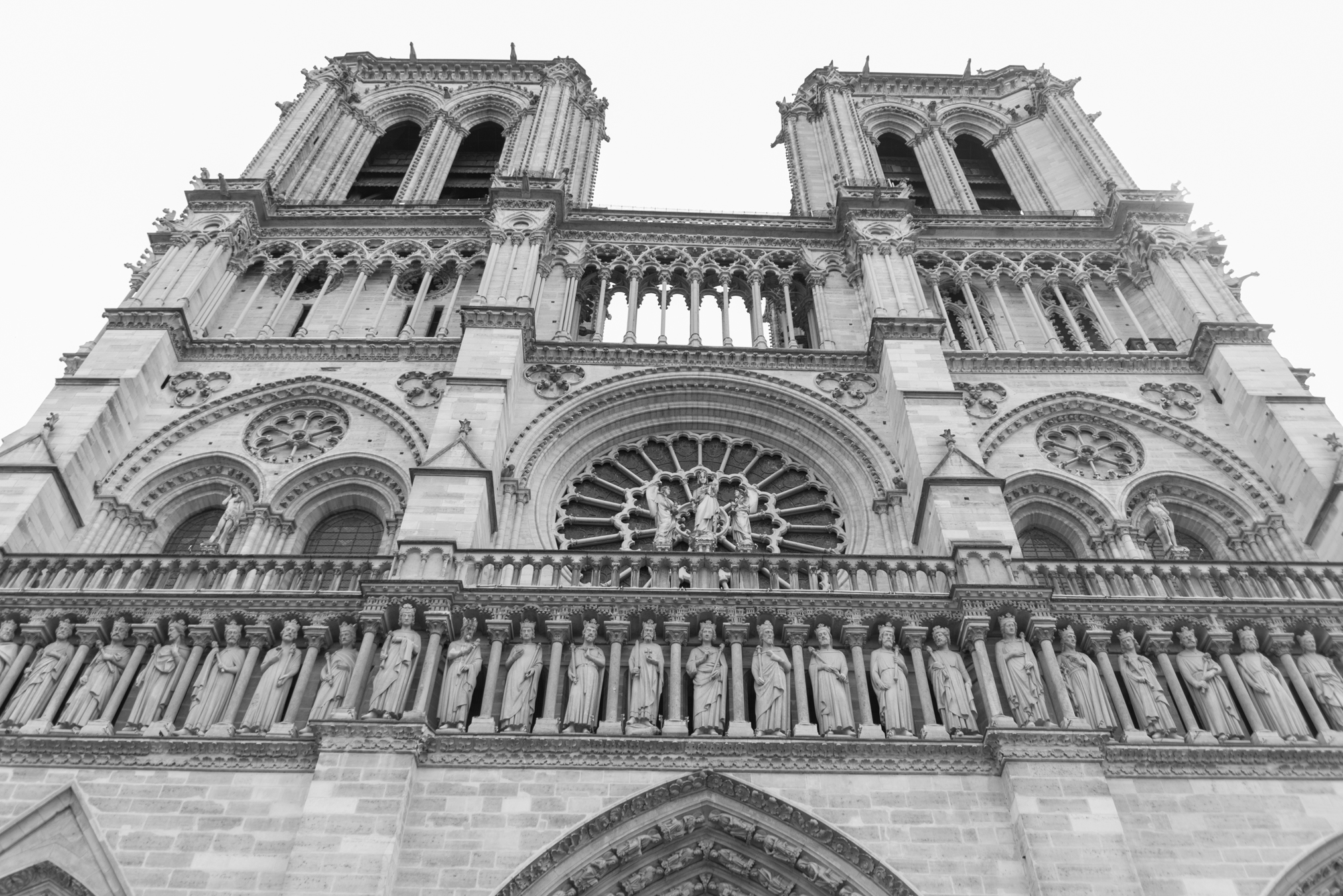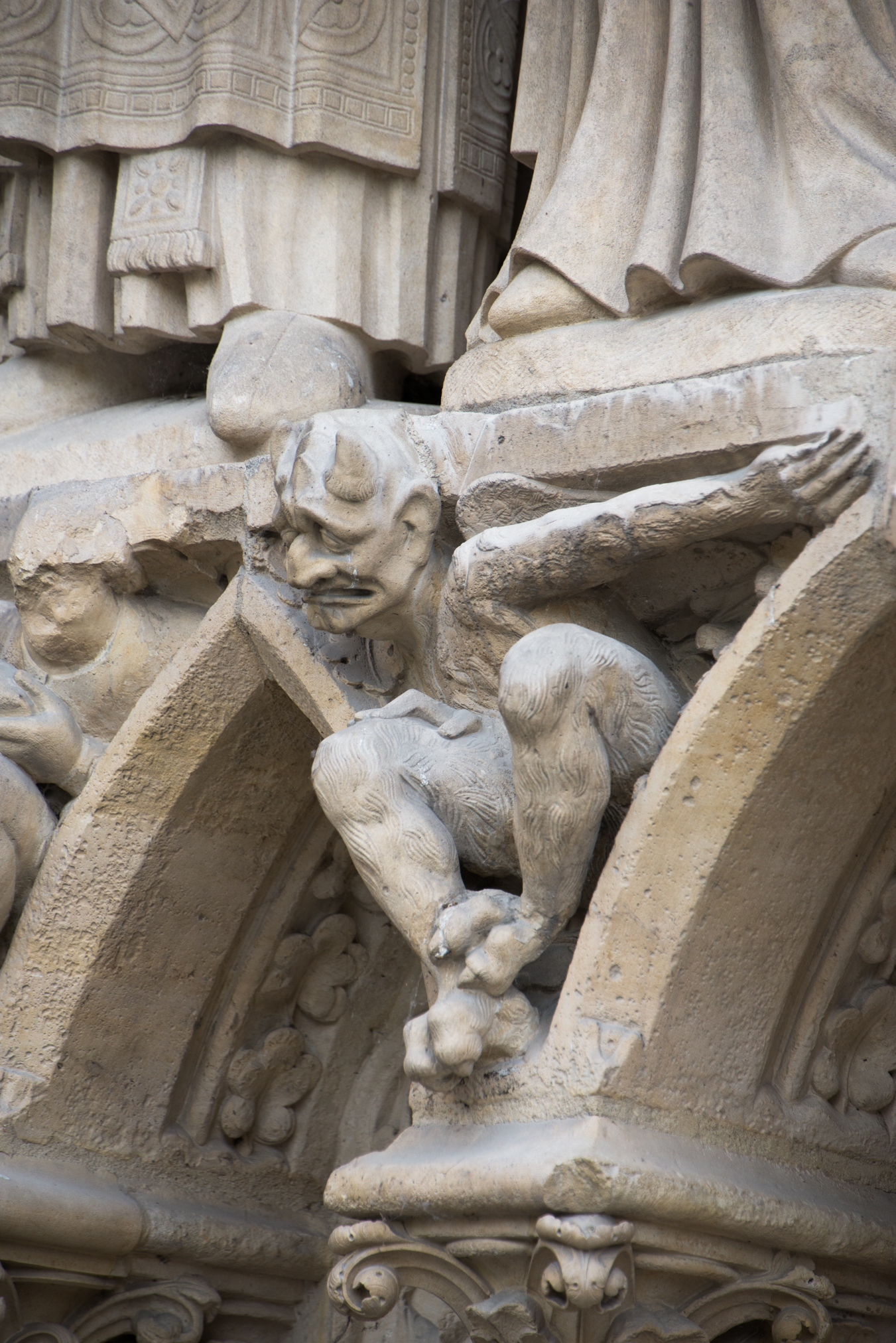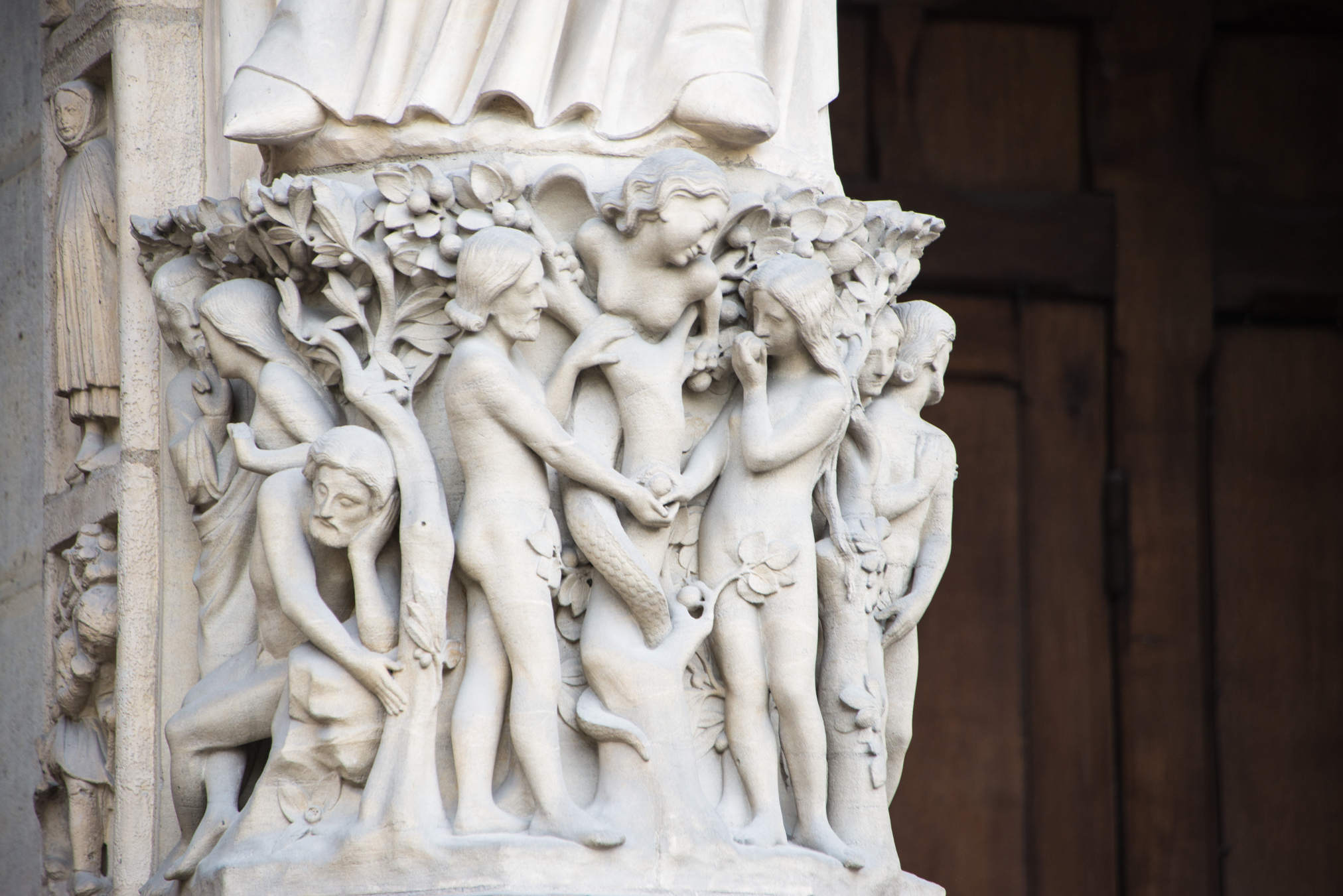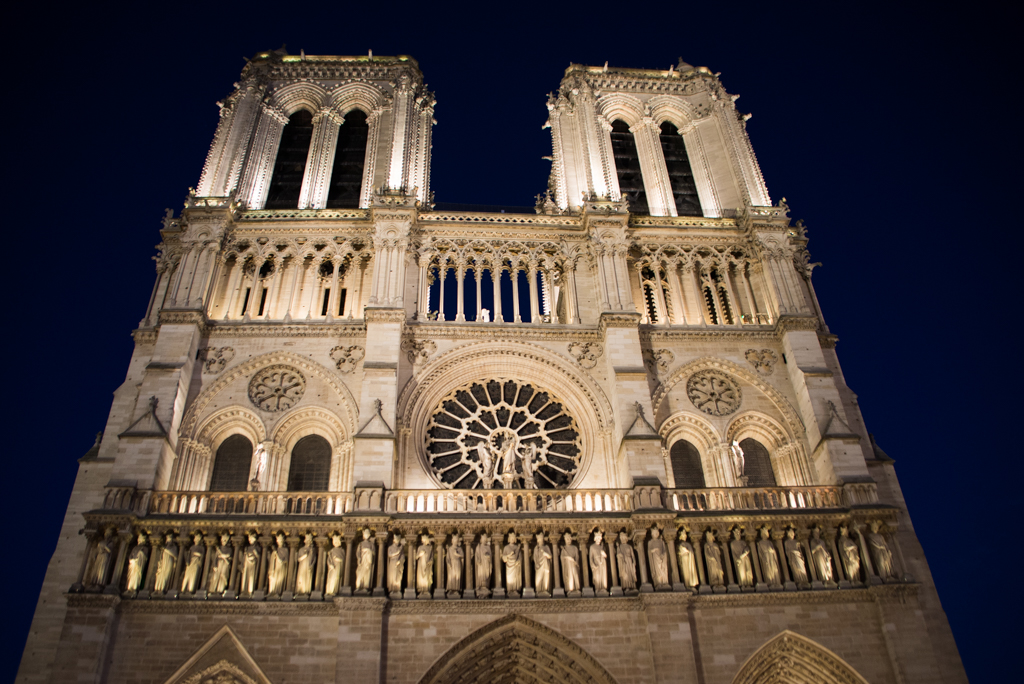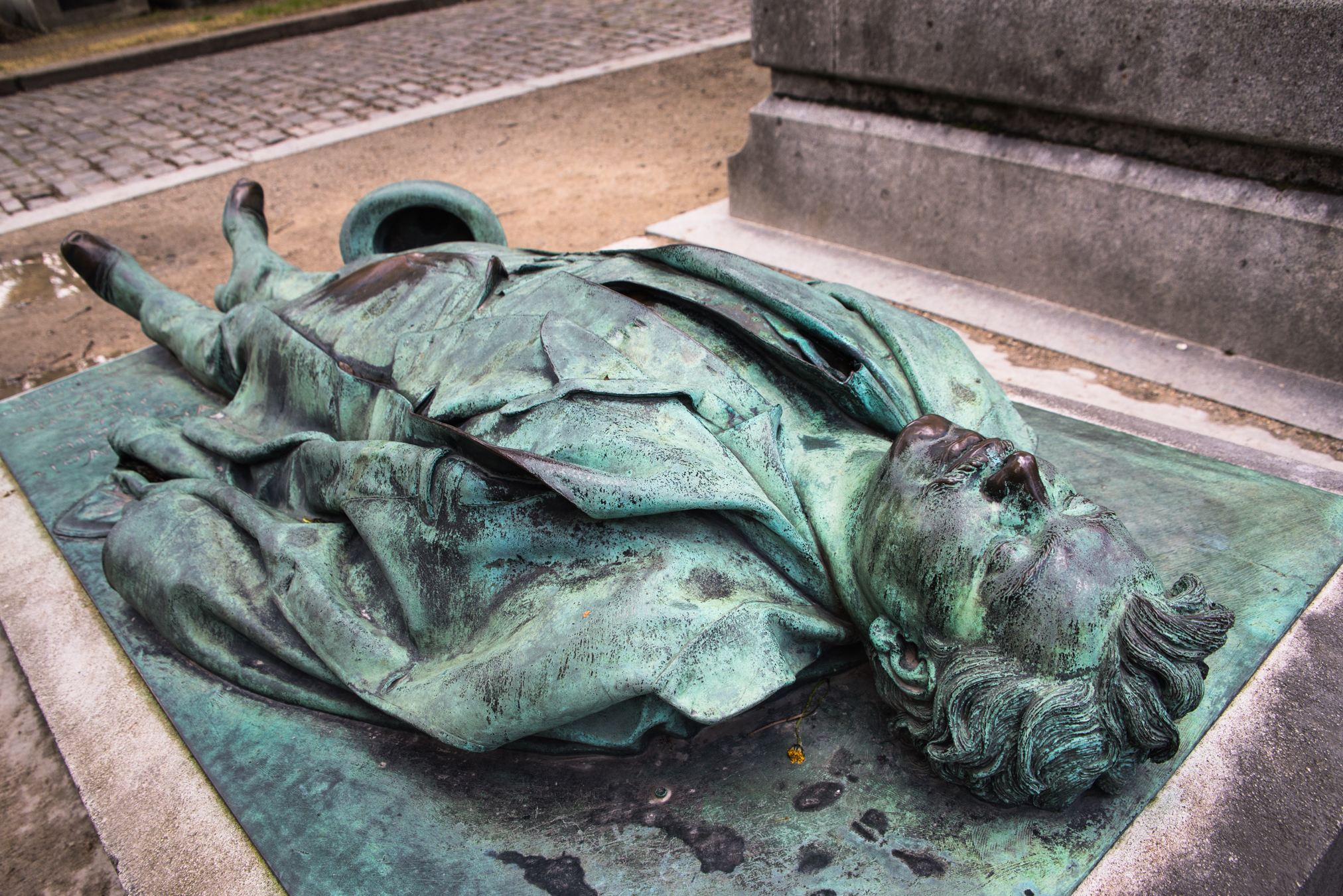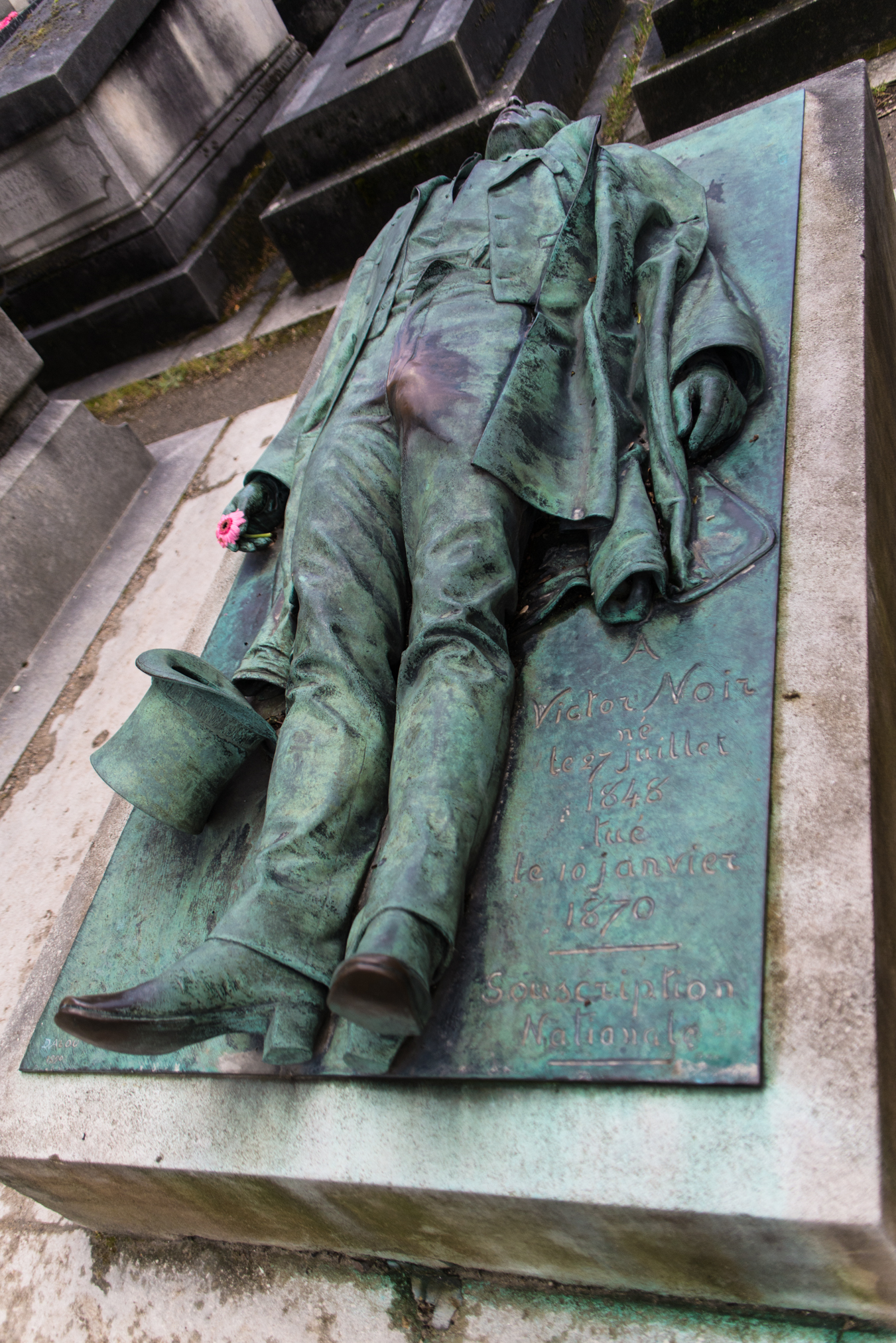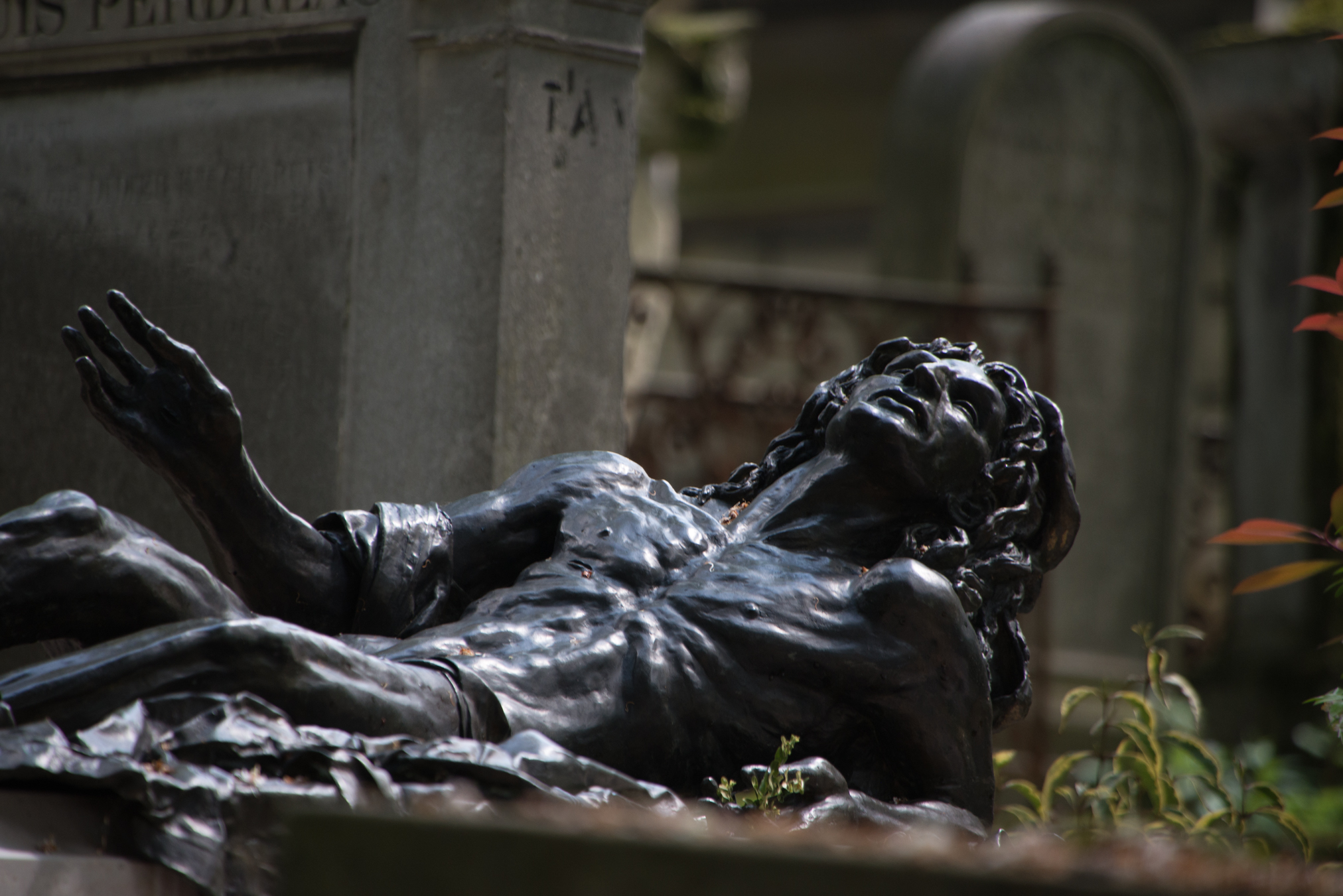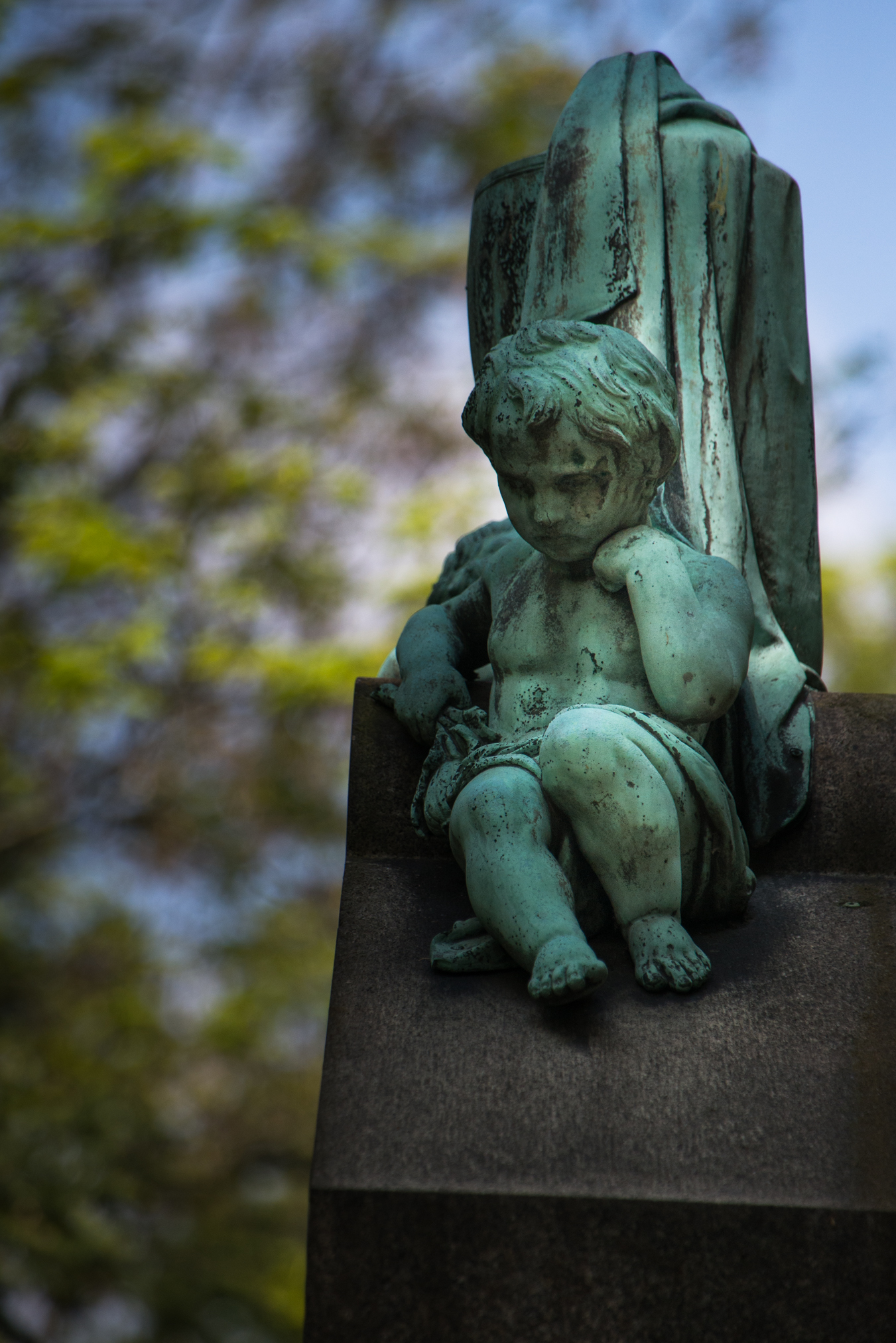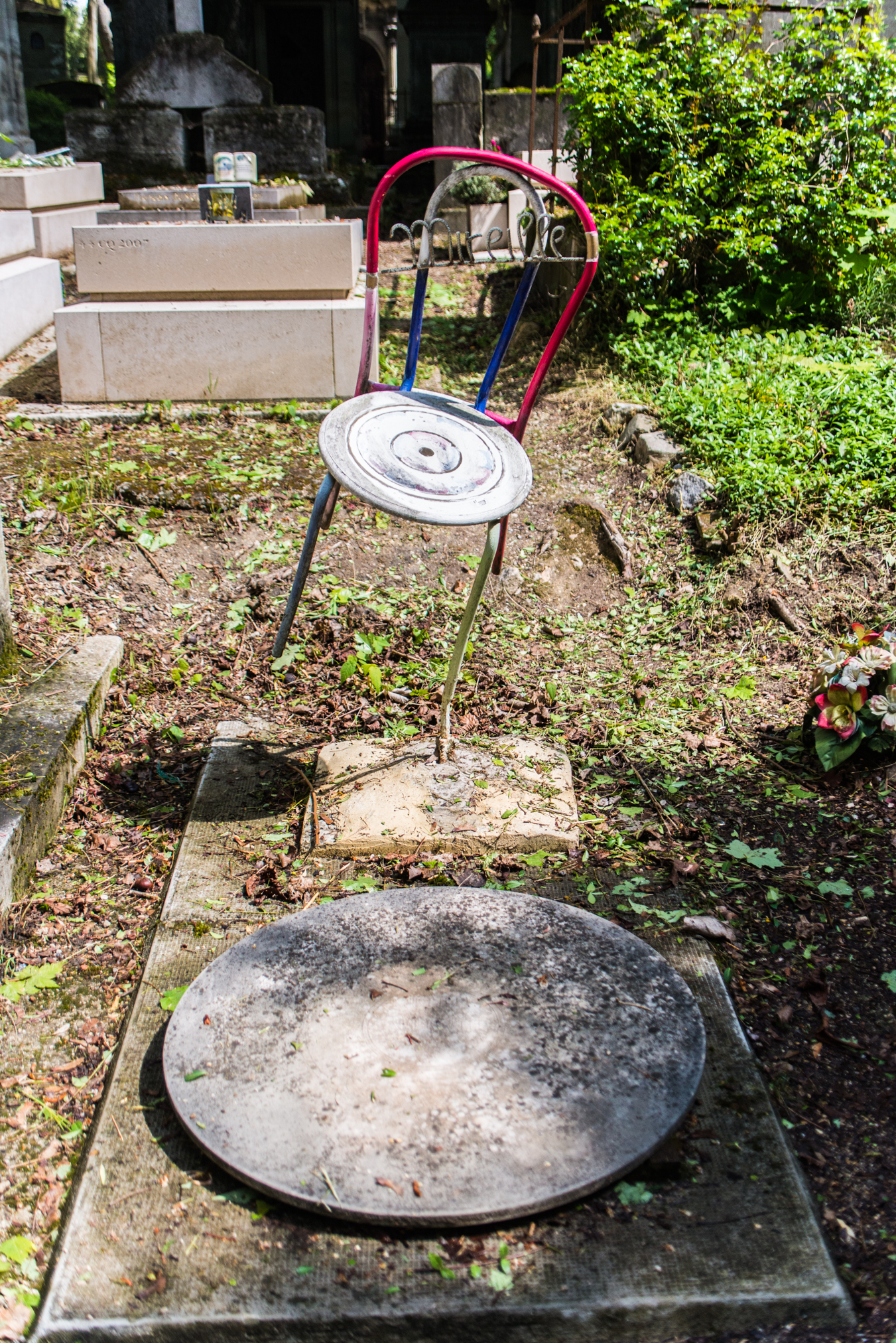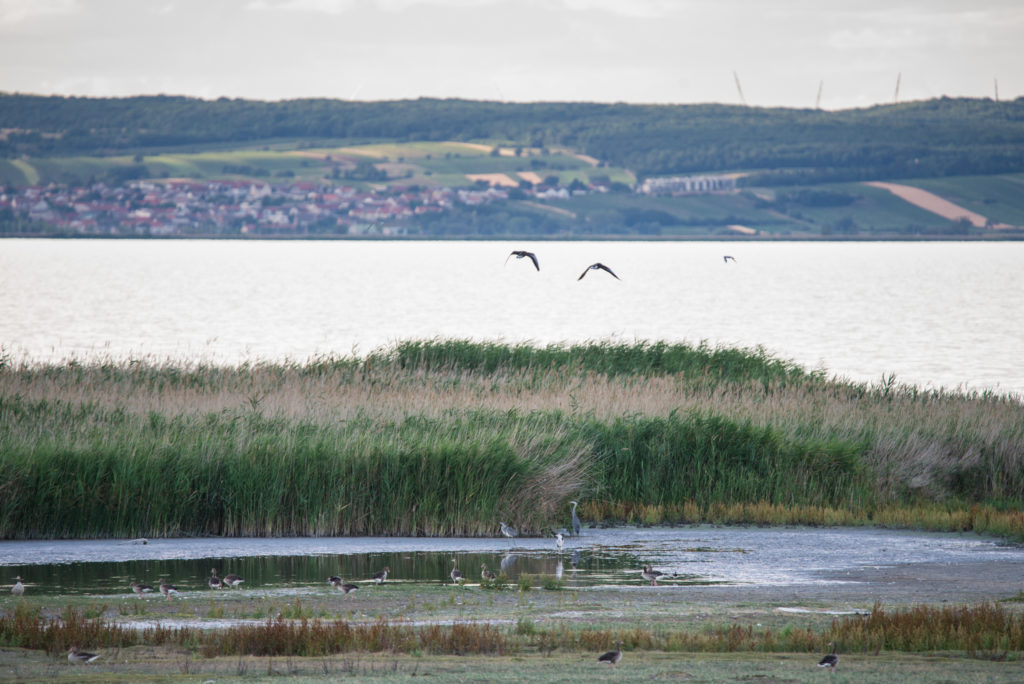
There are no mountains in Austria’s most Eastern province, Burgenland. The “Land of Castles”, as its name is literally translated, is surprisingly flat. Here, the Puszta, the great Hungarian plane, spills into alpine Austria from the East. In fact, until 1922, Burgenland was part of Hungary. In exchange, Lake Neusiedl, the shallow lake, spills into Hungary, where it’s called Fertö.
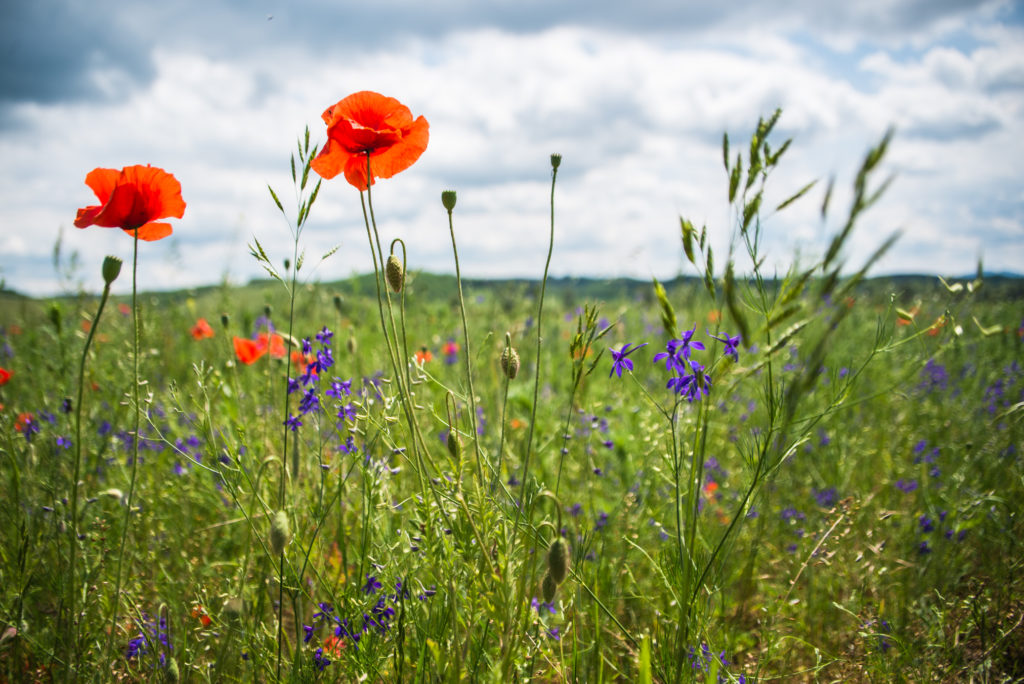
In winter, the Siberian cold drifts into the flat land and turns it grey, cold and numb. In summer though, the Alpine mountains shelter the plane from the Western rains. From May to September it is hot and sunny, and the salty soil vibrant with flowers, with butterflies, dragonflies and bees.
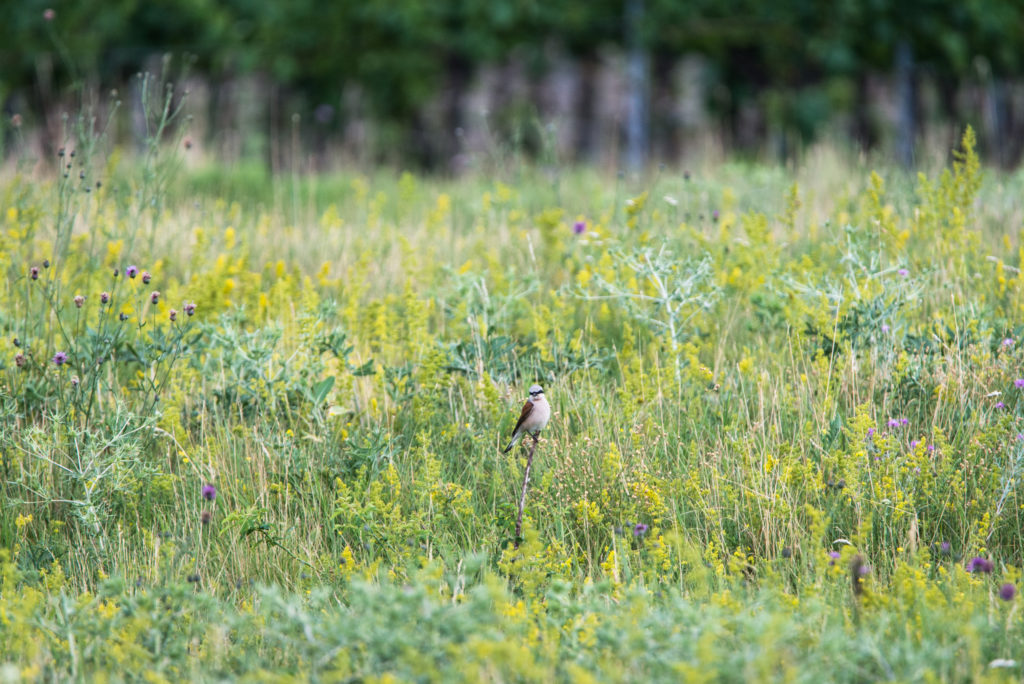
Many migratory birds have chosen this corner of the world as their Northern breeding grounds. Lake Neusiedl is to a great extent a protected national park that features 360 species of birds: in short, a birder’s paradise. Thanks to the EU and the Schengen agreement visitors can drive, hike or cycle around the lake and its pittoresque scenery of reeds, fields and meadows without once flashing their passport.
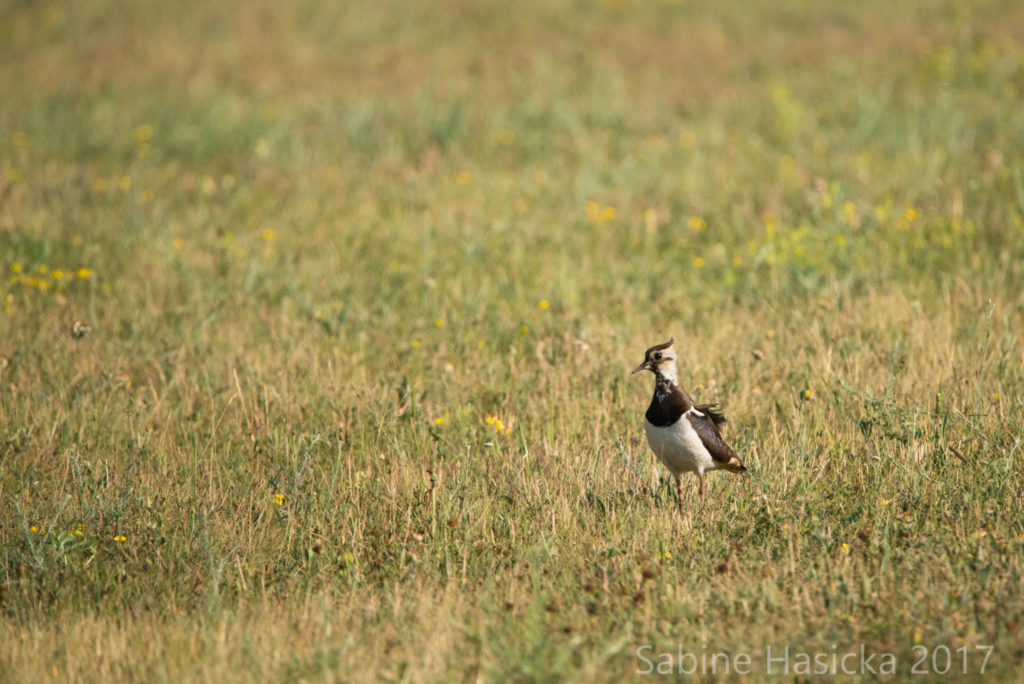
By April the first birds arrive from Africa – those lucky ones that made the ten thousand kilometre-long, hazardous passage over the dire Sahara, over the bird-traps of Malta and Cyprus, and finally the Bosphorus. In fact, the number of migratory birds is on a steady decline. Biologists blame climate change, the loss of feeding grounds and the barbaric lime-stick hunting of songbirds that is sadly on the rise in Mediterranean countries. Bee-eaters are regarded delicatessen.
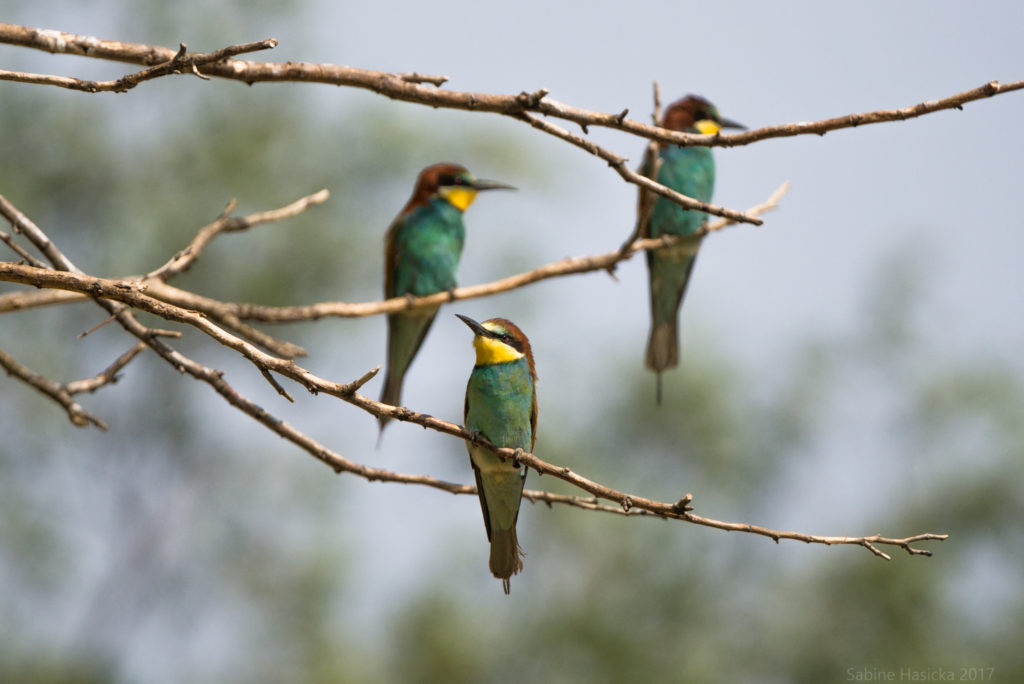
The Bee Eaters are colorful, gregarious birds that shoot through the sky like bullets when chasing insects. They are most proficient hunters of not only, but most notoriously bees.
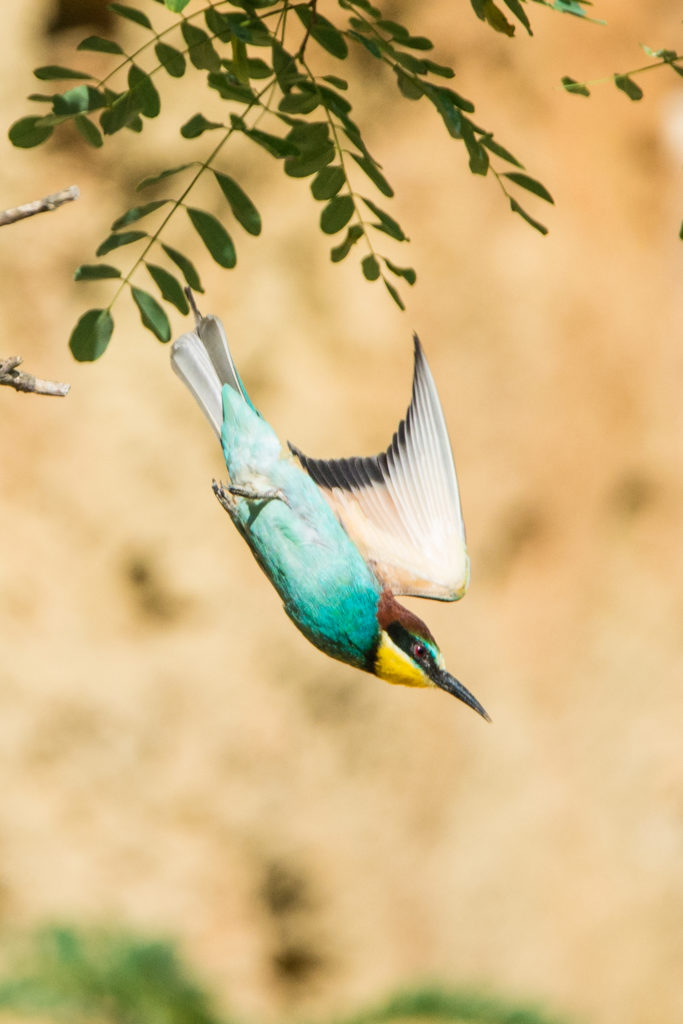
While the bee-eaters were traditionally killed by bee-keepers and their eggs destroyed, National Park Neusiedlersee even maintains their breeding rocks, soft limestones in which they dig holes up to half a metre deep with their beaks.
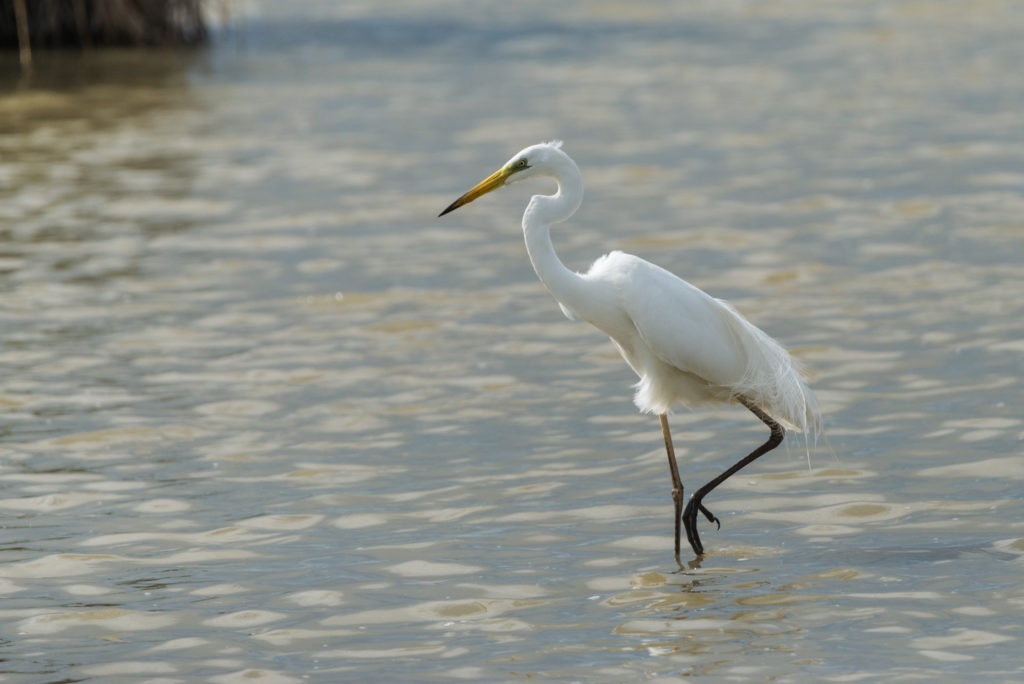
With a maximum depth of 1.5m, Lake Neusiedl offers ideal conditions for wading birds like herons, avocets, stilts and egrets. In the 19th century, the elegant Great White Egret was close to extinction as the bird’s flamboyant feathers were used by hatters to adorn ladies’ hats. However, the Audubon Society in the US, which was founded in order to prevent the egrets from vanishing from the planet, led a successful campaign that led to the abolishing of the feather trade. Two of the society’s members even lost their lives in this fight for the egrets. Since the trade of feathers was declared illegal in most of the Western world, their population has recovered, yet herons and egrets are highly susceptible to environmental changes and suffer from loss of habitat.
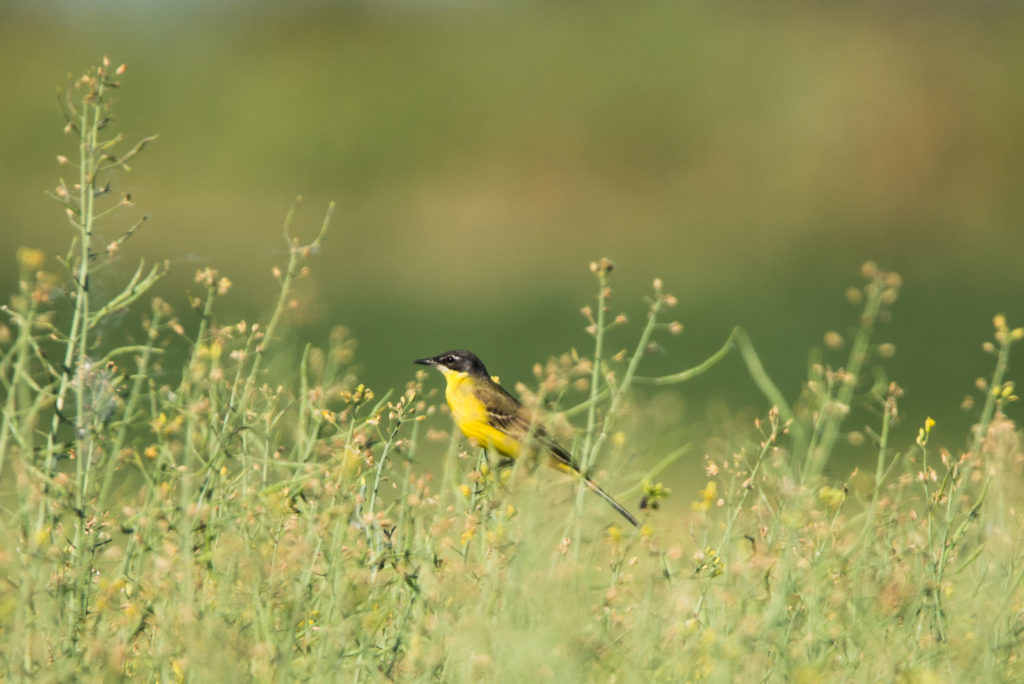
Songbirds are tiny, but their kaleidoscopic feathers color the Eastern skies and meadows like paint boxes. The Yellow Wagtail, thanks to its bright, warm color, has traditionally been associated with the sun. The little bird is said to have inspired the Ancient Greeks to their idea of the Phoenix, the bird that burns to ash and resurrects. True or not, the Yellow Wagtail, just like the storks, the geese and the rest of the migratory birds, abandons this land in September, and leaves it to die the cold death of winter, just to return in Spring, and kiss the still land awake with color and birdsong.
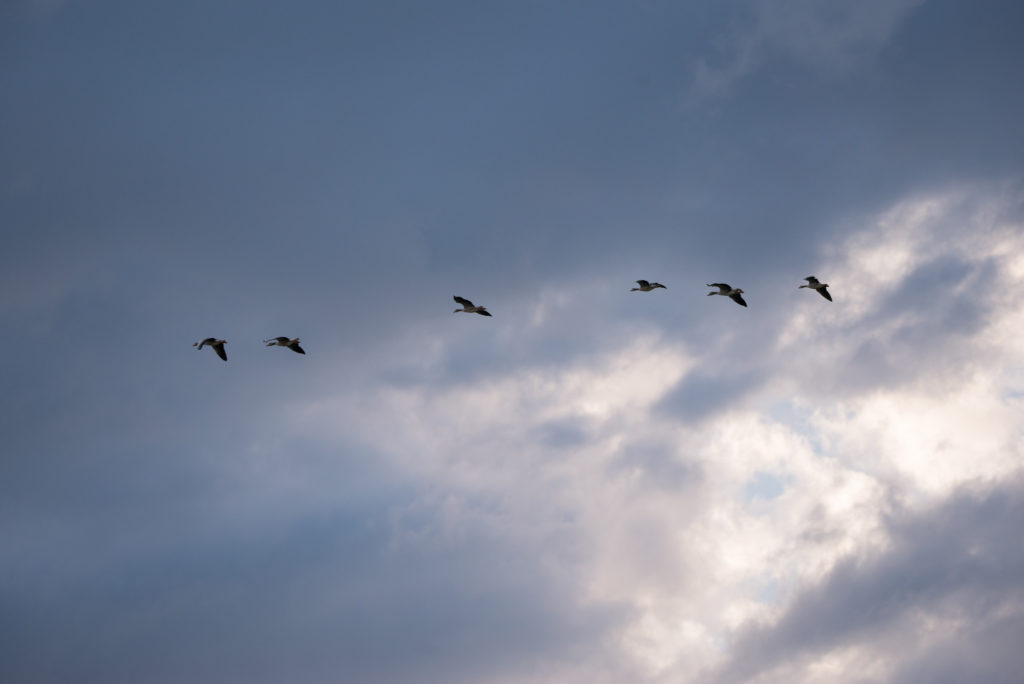


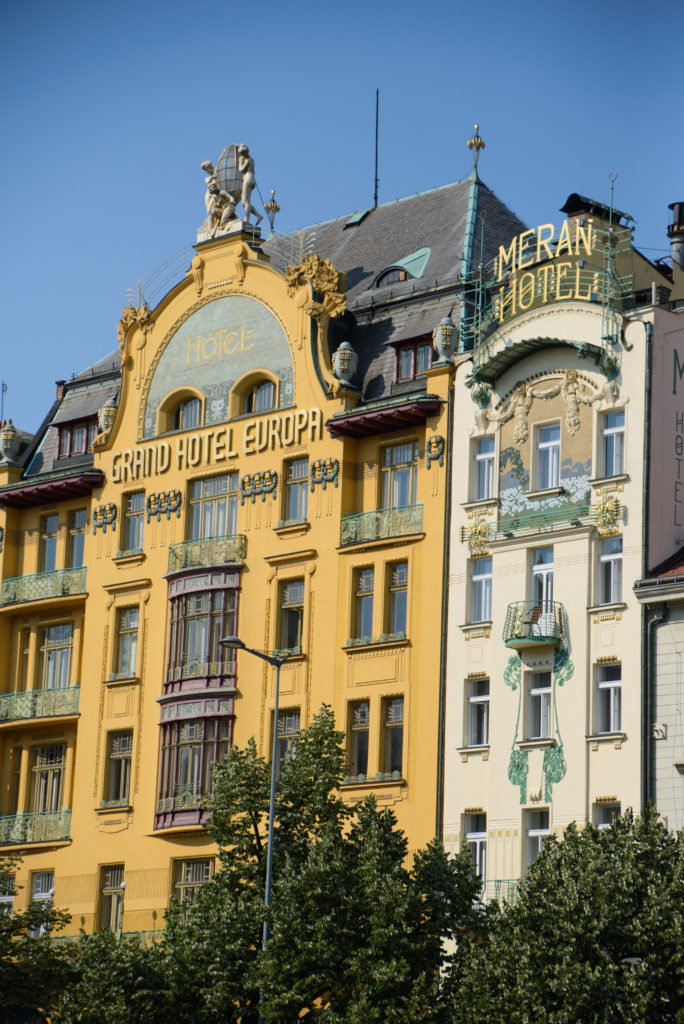
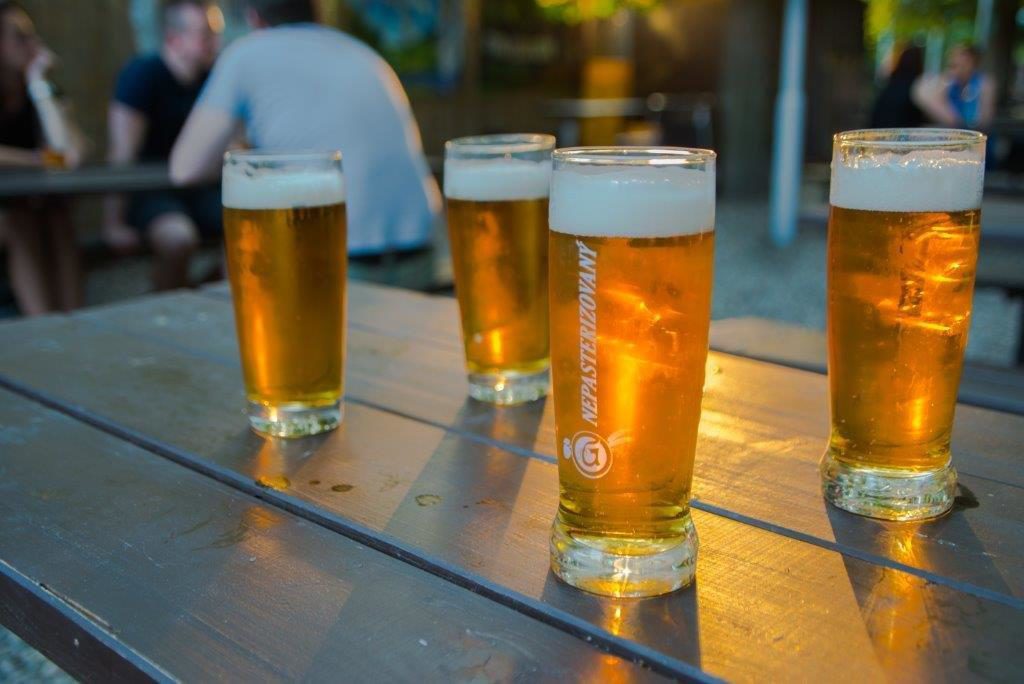 A beergarden in the working class neighborhood Žižkov
A beergarden in the working class neighborhood Žižkov
